Colorful butterflies, tasty herbs and serenity - all thrive at this city sanctuary, where volunteers raise vegetables and community spirit.
- Story by Denise Jacobs, photos by Ellis Anderson
If you’ve never gardened before and are wondering what all the fuss is about, check out Ruth’s Roots, 130 Court Street, Bay St. Louis, an art space with a magical collection of butterflies, bees, bunnies, wheel barrows, sculptures, chickens, a fish pond with running water, a food pantry, and rows and rows of raised flower and vegetable beds.
The garden is 100 percent funded by private donors/grants. No municipalities support the garden, and it flourishes under the green thumbs of volunteer staff. Elise Epperson Deano is the founder.
On the one hand, Ruth’s Garden has the feel of a restorative sanctuary—on the other hand, the whimsical backyard garden you might build yourself if you only had a large enough yard. Deano laughingly calls it a “no judgment zone.” Observant visitors will find both a statue of Buddha and a shrine of Mary. On any given day, someone might be practicing or teaching yoga or tai chi on site. All are encouraged to take what they need — from a slip or more of rosemary to a can of butter beans from the food pantry. At Ruth’s Roots, community sprouts up alongside the zinnias. From its beginning, the garden has provided an opportunity for residents of all ages to come together and work toward a common goal — from its earliest roots as a resource for the Hancock County Drug Court to its current metamorphosis as a farm-to-table community garden — and help people do. After one of the recent big storms — there have been so many — Deano received a phone call notifying her that a big tree had fallen on the chicken tractor — a chicken coop on wheels. She was out of town, but when volunteers arrived on site, they found the chicken coop buried beneath the fallen tree. The chickens were nowhere in sight. City workers soon appeared with chain saws alongside a host of volunteers with work gloves. Within hours, the fallen tree had been carted away, log by log. As luck would have it, the chickens had been roosting in a corner and thus survived. As of this writing, they are sharing lodging with the rabbits. Deano says this kind of community action makes her heart happy. It’s also the kind of thing that illustrates the community of Bay St. Louis: at its best, we are a place where neighbor helps neighbor, a lesson learned — an outgrowth, you might say, of rebuilding — re-seeding, if you will, a community in the aftermath of a devastating hurricane. There are many ways to support Ruth’s Roots. Some do so with garden gloves, others with financial contributions. Supporters can also donate items to the Rummage Sale to benefit Ruth’s Roots, which will be held on Saturday, June 8, from 9am to 3pm at the law offices of Elise Epperson Deano at 10199 Highway 603, Bay St. Louis. Donations will be received through Wednesday, June 5. Call Deano at 228 466-9597 to make arrangements. Ruth’s Roots is a 501c(3) under the Hancock Community Development Foundation, which has established a Go Fund Me account. If you would like to help rebuild the chicken coop or make possible a wooden fence, a graffiti wall, or any number of enhancements, your contributions are welcomed. Donations can also be made directly to the Foundation at 100 South Beach Blvd., Suite A, Bay St. Louis (39520) above the Hancock Whitney Bank Building.
Reputed to enhance mood, help manage weight, improve sleep, and even repel bugs, essential oils are experiencing a renaissance.
- story by Denise Jacobs
A cologne is not the same as an essential oil, however. Thanks to diffuserexpert.com, I have learned that musk, “once derived from the sexual glands of the Himalayan musk deer,” is now available as a synthetic oil blend of Frankincense, Myrrh, Ambrette, Rose Petal, Cedarwood, Amber Oil, and my old favorite, Patchouli, all mixed with a carrier oil like almond.
Today’s essential oils marketplace includes both essential oils —compounds extracted from plants — and oil blends with their own unique aromas (think Musk). Essential oil aficionados credit oils with the ability to support all the systems of the human body, emotionally, physically and spiritually. Oils are recommended for mood management, exercise and weight management, sleep, self care, and household cleaning—and insect repellant. The oils are said to uplift and energize, and who couldn’t use more of that? Much like a living plant, an essential oil captures a plant’s scent and flavor — or its essence. As you might imagine, peppermint is associated with boosting energy and helping with digestion. Lavender — local Young Living (YL) Essential Oils distributor Jamie Skladzien’s best seller — is used for stress release. Sandalwood is said to calm nerves, Chamomile to increase mood and relaxation, and Tea Tree oil to reduce infection. While some studies have shown that use of essential oils might have health benefits, most medical professionals are still skeptical (this Mayo Clinic article is typically cautious). Yet, testimonials abound about the benefits of aromatherapy with essential oils. Starfish Café owner, Di Filhart was diagnosed with early-moderate Alzheimer’s in 2014. She was on medication, and the disease was progressing. With the support of Skladzien, who owns Mane Salon, right across the street from the Starfish Café), Filhart began a protocol using essential oils to fight the dreadful disease. Twenty-one months later, Filhart credits the oils with recovery of her cognitive function. Carole Sullivan, a long-time client, has found that a combination of Peppermint and YL PanAway rid her of shoulder discomfort and help her sleep at night. Holly Bishop Moran, Pass Christian, finds that essential oils have enhanced her prayer life and spiritual well-being. On the other hand, a 2015 Washington Post article entitled “When it Comes to Essential Oils, do your Research,” presents a still-relevant argument that, while essential oils can offer health benefits, they can also be harmful if used incorrectly. As with any reputable distributor, Skladzien would tell you the same. The use of essential oils is not without risk. It is probably just common sense to test your skin before applying, to dilute oils, and to follow a doctor or expert’s recommendations for usage. Personally, rather than risk guilt by association with the musky, sweet, spicy hint of counter-culture revolution, free love, and Jefferson Airplane, my heavy use of Patchouli went the way of Birkenstocks in 2001 when I began my career as a university writing instructor at Louisiana State University. Still, I am a fan of many of several essential oil blends and deeply enamored with their metaphorical names, like Gratitude, Acceptance, Release, Peace & Calming, Grace, Dream Catcher, and Envision--you get the idea. To me, the names alone are strong medicine. I’ve found that working with the intention of a particular oil—whether I’m diffusing it or mixing it with a carrier oil and slathering it on my wrists—helps me move in a particular direction. I like to practice writing “under the influence” of different oils and blends. One of my best experiences is with YL’s Surrender, a mesh of Lavender, Black Spruce, and Roman Chamomile. The literature suggests that the blend helps cast off the inhibitions that might limit our potential. In the end, surrender is an essential aspect of creativity, right? There comes a moment when we have to cast off the inner critic and surrender to the process. Still, whether it is the alchemy of the oil blend or the metaphor of surrender that makes the difference, I couldn’t say. Maybe a little of both. This article should not be considered as medical advice.
Singing with others is satisfying on many levels; and now, several studies show that choral singing offers noteworthy mental and physical health benefits.
- story by Denise Jacobs
There is something about working together in song that lifts our spirits. In fact, there are many factors.
Studies show that singing with other people fosters connections with each other as well as with the environment. Research indicates that singing has key physical benefits. It exercises major muscle groups in the upper body. It’s an aerobic activity that improves the efficiency of our cardiovascular systems and encourages the movement of oxygen into our bodies, leading to increased alertness. Singing also aids the development of motor control and coordination and even improves neurological functioning. The evidence is so compelling that Daniel Pink has written in When: The Scientific Secrets of Perfect Timing(2018), that “singing in a choir could be the new exercise.”
While I appreciate the research, which helps explain why I feel better at the end of a choir rehearsal than at the beginning, I don’t need science to understand why I sing in the choir.
I sing for the discipline and clarity of focus. For an hour and a half once a week, I don’t think about environmental disasters, politics, my latest project, or my next meal. The music on the page commands my full attention. I concentrate on my voice and the voices around me. Something magical happens in the act of merging our voices into one beautiful sound, a sound uninfluenced by political persuasion, ethnicity, or gender. In the music, we are one. I sing for the intimacy that is created within the sacred space of the music we make. I am as closely attuned to the inhalation of those on my right and my left as I might be a lover. I memorize the strengths of the alto section. Some of us are great sight readers. Some learn by ear. Some can always be trusted for the right note; others are less trustworthy in this regard. Some of us have a concrete, dependable sense of rhythm. Others, not so much. The attunement to others that is experienced in choir is akin to what Daniel Pink describes as the profound experience of “synchronizing in time with others.” Singing together in the context of choir creates such a sense of belonging that, over time, we let our collective guard down. One turns a hymn into boogie-woogie. Two others improvise chorus line choreography. A few can’t resist a hearty extended “Ah-men,” a telling throwback to an earlier religious experience. When my sister died in 2012, my tears didn’t fully flow until a Wednesday night a few weeks later, when, surrounded by the music of my choir peeps, I found myself weeping uncontrollably, safely, securely enveloped in the sanctuary of communal song.
We come to choir on Wednesday evenings, a sorry bunch of tired individuals with varying degrees of musical ability. Most weeks we stumble in a courageous display of blind faith through a sight-reading exercise that an observer might find pathetic. Yet I am consistently moved by our willingness to take a chance on being wrong.
When we work through a piece of music for the first time, we have, as my long-standing choir director put it, “differing opinions” as to the composer’s intent. Yet, by the time the choir sings before the congregation, not too many weeks later, those differences have been reconciled, and we have come together in agreement, of one accord, with one voice and one song. And it doesn’t get any better than that. One of my friends from choir, a bass I sang with for years, put it best. He said, “My wife won’t let me make love with other women, but I can sing with as many women as I’d like.”
This abbreviated form of journaling can help with everything from budgeting to expressing gratitude to organizing your schedule. Find out why BuJo is all the rage in the digital age.
- story by Denise Jacobs
Was I depressed? Unmotivated? Under-stimulated by the tranquility of life in the Bay? Or was it simply a matter of adjusting to life without the proverbial time clock in this pseudo retirement phase of my life?
The post nine-to-five dearth of structure was messing with my mental health. In spite of myths about the happy-go-lucky retirement stage of life, this aging Boomer had things to do, people to see, and bills to pay. At 65, I have a long way to go and a short time to get there. How could I become more productive? Get off the couch? Eliminate the angst associated with PPP (Piddling Progress on Projects)?
I Googled “best planners for attention deficit disorders” on the assumption that, diagnosis or not, I could probably benefit from research-based strategies for living with it.
Chief among the “hits” was the Bullet Journal®, a new take on an old theme: jotting down ideas and tasks and tracking habits via the time-honored method of pen and paper. Jotting down because, at its core, the BuJo is based on rapid logging and bulleted lists. At its core, the basic BuJo template consists of an index, a key, a future log, a monthly log, a daily log, and any “custom collections” your heart desires. Bullet Journal® extraordinaire and founder, Ryder Carroll, introduces the basic concepts in his How to Bullet Journal video. 
I use my BuJo to track credit card balances, my savings account, weight loss, and daily exercise along with the movies and TV series I’d like to stream. By naming the latter, I lend them an air of intentionality. If I schedule it, watching The Wire moves from something shameful, an activity I felt I had to hide, to something I consciously give myself in the name of “it’s OK to have down time.”
While I can rarely tuck into a project, I can usually tackle a task, so my daily pages break out the tasks that go into a given project (something that consists of three or more tasks) be it related to writing, household, or personal. I have read that persons suffering from chronic obstructive pulmonary disease track their daily pursed lip breathing and/or belly breathing. Congestive heart failure patients track fluctuations in weight. Yogis track their meditation practice. Others track fitness, fertility, and food.
Many BuJos include gratitude pages. Mental health experts suggest that the practice of daily identifying and recording three things for which we are grateful can uplift our spirits and increase our capacity for joy.
In October I was able to easily identify at least one beautiful thing that brightened my day, usually a special moment with another person. Sometimes it was as simple as a welcome breeze or a rain shower. As I mapped out my November BuJo pages, I moved from a one-page gratitude spread to a two-page spread. More love. More joy. To start a BuJo of your own, get your hands on a journal filled with unlined dot-grid pages and invest in a few fine-tipped artist’s pens—how many depends on whether you take an artistic or minimalist approach to your journal. It is easy to get swept away by “supplies,” but the two basic components of bullet journaling are dot-grid pages and a fine-tipped artist pen. It’s that simple. Be warned, however: an internet search on “BuJo” will keep you off whatever your task for a good 24 hours.
A personal challenge has become an annual community event, testing the mettle of local athletes with a two-mile swim across the Bay of St. Louis. The 2018 event takes place Sunday, Sept. 16, starting at 7:30am at Henderson Point Boat Launch in Pass Christian (finishing near BSL Harbor). Click here to register.
- story by LB Kovac
Last year, Amelia and her sister, Madeline, put together the inaugural Swim Across the Bay. Fifty-five swimmers (and twelve volunteers) – ranging in age from thirteen to seventy-one years old - lined up beside the dock at Henderson Point Boat Launch on a crisp, grey Sunday morning and took the plunge under the water.
Less than two hours later, all fifty-five swimmers had made it from their starting point in Pass Christian to the Bay St. Louis Municipal Harbor. “The event was a great way to end the summer season,” said Madeline. “Any later and the water would have been too cool.” The oldest participant, Chris Roth, 71, completed his first open-water swim in one hour and 36 minutes. At the finish line, Roth celebrated with the youngest participant who was 13. Roth, who qualified to swim both the 50 yard and 100 yard breast stroke in the 2017 National Senior Olympics, noted that "while this race was about ¾ of mile further than I usually swim, the additional buoyancy of salt water seemed to mitigate the additional distance." A two-mile swim is no small feat. A 180-pound person will burn more than 1,600 calories over the course of the swim, according to data from Active.com. For comparison, the same person would burn only 300 calories running two miles. Madeline said, “You’re working your whole body; you’re using your muscles in a different way than you would running or walking.” Despite the strain of those two miles in the open water, people loved it. “We had people come back and say how much fun they had,” said Madeline. Swimming across the bay, instead of driving around it or across it, was apparently a popular thing. And, just the day after last year’s race, Amelia announced on Facebook that she and her sister were already planning this year’s race. A commenter on the race’s Facebook page said, “I think you (have) started something.”
Now, this paddle across the bay has grown.
The Second Annual Swim Across the Bay, scheduled for September 16 at 7:30 a.m., is fast approaching, and it already has more swimmers than last year. “We have 56 swimmers signed up so far,” said Amelia, “and there’s room for more.” It is a big bay, after all. The roster comprises swimmers of all levels, from casual to pro. “This race is made to be fun,” said Amelia. There are no rules regarding wetsuits, swimsuits, or flippers. “You get to come out and swim how you feel most comfortable,” she said. Just be in the water and get from one side to the other. But it still holds significance for the more competitive swimmer. Madeline said that this gives newbie racers a chance to stretch their wings a bit before entering a sanctioned race. “I think it’s a great opportunity for people who are interested in getting into triathlons to get comfortable swimming open water,” she said. Volunteer kayakers and paddle boarders, this year sponsored by Bodega BSL, help keep swimmers on course during the two-mile swim.
Why swim across the bay when there is a perfectly good bridge nearby? Amelia and Madeline are both lifelong swimmers. With their experience, they personally know just how challenging, and rewarding, a good swim like this can be.
“The hard part about swimming is getting in the water,” said Amelia. “But once you do, it’s the greatest feeling. It’s like flying.” That feeling can transport the swimmer from diving point to destination. It can make what would be a challenging race into a relaxing, even cathartic experience. Beyond the health and de-stressing benefits of swimming, joining in on the swim allows you to be a part of a tradition in the making. “We have something unique with this race,” said Amelia. If last year’s swimmers are to be believed, two years of the swim just won’t be enough. At the very least, you have an opportunity to see a different side of the bay. You are always driving across it, the water peeking out from under the Bay St. Louis Bridge. Why not take a dip? The year’s swim promises to be extra special. “I’m really looking forward to this year,” Amelia said. “Hopefully, we’ll see some new faces. And some old ones.” Register for the race here. Find more information about the race, including information, volunteer sign-up, and rules, here.
Ever wonder what's in the make-up you're wearing on your face each day? Or your shaving cream or toothpaste? A watchdog consumer site maintains an enormous online database so you find out exactly how safe your brand of skin/hair/nail care products are.
- story by LB Kovac
Propylparaben on its own isn’t particularly hazardous, especially in the amounts found in lotion, and it isn’t going to make you grow an extra limb. In 2010, the European Union Scientific Committee of Consumer found propylparaben to be “safe to the consumer, as long as their individual concentrations does not exceed 0.19%.” At these levels, the committee argues, not enough of the propylparaben can be absorbed through your skin to give you more than a statistically negligible chance of contracting cancer.
Still, if the fact that there are trace amounts of potentially cancer-causing chemicals in your face lotion gives you pause, it would seem you have a couple of options. You could spend the rest of your life standing in the fluorescent lights of the personal care aisle, poring over the labels of lotions, cosmetics, and sun blocks and Googling the ingredients, one-by-one, to see if things like “dimethicone” are as scary as they sound. Or, you could rely on a company like Environmental Working Group to decode those labels for you. Environmental Working Group, or EWG, is a two-decades-old environmental organization that seeks to hold companies accountable for the products they make and services they offer. Founded by Ken Cook and Richard Wiles, the company lobbies on the local and national levels for more transparency in business and labeling practices. EWG rose to prominence a few years ago in 2006 when the organization went head-to-head with soda manufacturers for knowingly including what EWG deemed as unsafe levels of benzene in sodas. According to the Food and Drug Administration, the benzene molecule is carcinogenic in nature but allows quantities smaller than 5 parts-per-billion. EWG’s Skin Deep Cosmetics Database website now serves as a resource for those wishing to pull the curtain back on confusing labels.
EWG has reviewed more than 70,000 personal care products, from big brands like Curel, Maybelline, CoverGirl, and Old Spice. EWG says that each product is evaluated by their team of scientists and given an individual score from 1-10, with 1 being the best score and 9 being the worst.
Products that receive a 1-3 are deemed “safe.” These products follow EWG’s guidelines for ethical sourcing and testing, and use ingredients that are natural and non-toxic. The best of these products, which adhere to EWG’s most rigorous standards, get EWG’s seal of approval. Wal-Mart is just one of the companies to show support for EWG. Last year, it made headlines for encouraging all companies that sell personal care products in its stores to get the EWG seal. Other retailers, like Target, have expanded their offerings to include EWG-approved products. Products on the other end of the spectrum, 6-10, are the ones EWG claims are unsafe. Propylparaben is just one of the ingredients that can tank one of these products’ scores; “recorcinol,” “methylisothiazolinone,” and “amylcinnamaldehyde,” known immunotoxins, are flagged by EWG’s researchers. Even if you’re not overly concerned with the health risks involved with using your favorite foundation (and not afraid of the occasional tongue-twister), you still might be served by EWG’s website. Because it labels and flags potential allergens in all of its reviewed products, the site is a great resource for allergy-sufferers. And animal lovers can revel in the fact that EWG won’t give out their seal if a company’s product is known to be tested on animals. So, the next time you’re staring at the bottle and can’t decide what “coumarin” is, look it up.
There's an app for everything, and sometimes lots of them! Karen Fineran takes a comprehensive look at some of the most popular apps available to help you get a good night's sleep!
Experts explain that, as we sleep, we naturally flow between phases of deep sleep and light sleep, and our movements vary with each sleep phase. The idea behind Sleep Cycle is that interrupting the "wrong" sleep cycle stage, such as slow-wave ("deep") sleep or REM (rapid eye movement, when dreaming occurs), results in grogginess upon awakening.
Sleep Cycle works by using either the microphone inside your iPhone to detect noises, or the accelerometer inside your iPhone (the part that knows when you turn it sideways) to detect your movements as you sleep. To use Sleep Cycle, you set an alarm for the absolute latest you want to wake up, plug in your smartphone and place it under your pillow or on the nightstand before you go to bed. Sleep Cycle will try to trigger the alarm during your lightest sleep cycle within 30 minutes before the time you set to be woken up. During this phase, Sleep Cycle will monitor signals from your body to wake you softly, when you are in the lightest possible sleep state. For example, if you opt for a 30 minute wake up phase and set your alarm for 8:00 am, if Sleep Cycle feels strong movement as you turn at 7:42 a.m. (indicating you’re experiencing light sleep), it will wake you at your most restless point, resulting in your possibly feeling more refreshed than if you’d been woken at 8:00 a.m. in the middle of a deep sleep. When you’ve woken, you can check your phone and see that Sleep Cycle has generated a sleep graph that allows you to see when you were sleeping the lightest and when you were in your deepest phases. On this daily graph, you will also see small sound waves under the graph if it detects snoring, along with an option to listen to a 15-second sample of the session in the stats on the same page. (Snore detection is available in the free version, but playing back the snore recordings is a feature of the premium package.) The free version of Sleep Cycle includes: the intelligent wake-up alarm; sleep analysis with a nightly sleep graph; different choice of alarm melodies; snooze (by shaking or double-tapping the phone lightly); snore detection with “patented sound technology” (but not snore playback); Apple Health integration (exchanges sleep analysis and heart rate), and the export of sleep data to Excel for detailed analysis. After five nights of sleep, Sleep Cycle will calculate the quality of sleep compared to your other nights.
For $30, the Premium version of Sleep Cycle includes everything found in the free version, with the addition of online backup; long-term trends so that you can “compare your sleep with the world;” historical snore trends data; sleep aids to help you fall asleep faster; the ability to take sleep notes (such as whether you drank coffee and how it affected you or what time you ate); your self-reported “wake-up mood;” a wake-up weather report; heart rate tracking (measures your resting heart rate every morning using the built-in camera); Philips Hue light bulb integration (simulates a natural sunrise to give a softer wake-up); and snoring recording playback and export.
In my opinion, the free option gives more than enough options to not upgrade. You can change the sound of your alarm, whether or not you want to add vibration, the type of snooze, the range of wake up phase, if you want to turn the alarm function off on the weekend, and the type of motion detection. For me, the most interesting premium feature (which alone almost made me shell out the $30) was the snoring snippet playback. How tempting to listen in on the changes in my snore rhythms (or my partner’s) at various phases of the night! Does the app work? Is there hard science behind it? How accurate is it? Could it even be a “fake” app? I had read a couple of reviews speculating that the app could be bogus, based on claims that the person had set the app up and then left their iPhone out on a table or on the floor, instead of at their bedside. The next morning, supposedly, the phone displayed a sleep graph as if their phone had been beside their pillow all night. Sleuth that I am, I tried it out on the carpeted floor of the spare room in my mother’s house, and no graph was created except for the smallest of vibrations. Sleep Cycle claims that, with its highly technical microphone motion detection, it even works well for two persons sharing a bed. “Sound decays exponentially with distance, this means that sounds generated by your partner will have a much lower volume than sounds generated by you. And when you are linked over WiFi, Sleep Cycle will be able to locate from where the sound originates, providing a much more accurate sleep analysis.” My personal experience is in line with the claims. Each bed partner generates his or her different individual graph, but the graphs tend to be rather similar. If one partner gets up at 4 a.m. to relieve himself in the bathroom, or he stirs or rolls in his sleep enough to affect your own movements, or if that Catahoula hound or that cat jumps on or off the shared bed, both of your graphs will register the “sleep disruption” as if it were your own. In addition, if you have a television in your bedroom and watch TV before bed while lying still (a habit that is not recommended), it will register on the graph as sleep. It can be disconcerting when your sleep graph indicates that you have been lying in bed sleeping for twelve hours, even if you know that you were binging on Game of Thrones. For people with apnea or other serious sleeping issues, Sleep Cycle is no substitute for clinical sleep analysis and it should not be considered to be pinpoint accurate. In the clinic, sleep researchers use “polysomnography” to strategically place a series of electrodes (EEG) that measure cortical brain activity across particular areas of neurons. These voltage fluctuations appear like waves on the researcher’s computer monitor. In addition to the EEG, various sensors are also placed on the body to detect breathing and movement throughout the night.
Sleep Cycle’s accuracy cannot compare. For one thing, a night's sleep is peppered with brief awakenings and arousals, especially in individuals with apnea, insomnia, or restless legs. Most people find it easy to fall back to sleep after these disturbances, but your phone's motion sensor doesn't know how long you might have been lying motionless while trying to coax yourself back to sleep.
For another, sleep latency (the time between lights-out and when you actually fall asleep) changes every night. While it has been said that the average person takes fourteen minutes to fall asleep, it actually varies every night depending on various factors – such as stomach upset, or stress over an upcoming exam in the morning. In my experience, the Sleep Cycle app helped me get a better night’s sleep because of its intelligent alarm feature. I believe that I may have less brain fog and feel more alert throughout the day. It also seemed easier for me to wake up, which is something I sometimes struggle with. The only criticism I have is that Sleep Cycle will not automatically set your alarm clock for you (and that you have to pay $30 if you wish to listen to your own snoring). Given Sleep Cycle’s price (free, if you already own a smartphone!) and the basic sleep tracking features it offers, it’s difficult not to recommend at least giving it a try. Other Sleep Apps
If this kind of thing interests you, there are plenty of other options on the app market, and you could try and compare as many as you like. Some are free and some aren’t, but most are inexpensive.
I tried an app called Pillow (iOS only; free, with a $4.99 upgrade), but I found it so similar to Sleep Cycle, with so many of the exact same features and a very similar look and feel, that I don’t think it bears much discussion. But, if you’re interested in Sleep Cycle’s premium app features, such as detailed sleep statistics that track over time, this is surely a cheaper route than Sleep Cycle’s $30 premium version. Sleep Better is an app for both Android and iOS, and its free tier includes the sleep monitor that uses your phone accelerometer to record your sleep quality. It also comes with some extras like a caffeine log, moon phase tracker, and dream diary. But, only a premium upgrade adds the smart alarm clock to the mix, giving you the ability to choose your optimum wake-up window. So, this does not seem to be a better deal than Sleep Cycle’s free version. Good Morning Alarm Clock is free and ad-supported for Android, and $4.99 for an iOS premium version. Like Sleep Cycle, it also intelligently wakes you based on your sleep activity and targeted wake-up time, with customizable alarm tunes and helpful statistics tracking. In addition, this app comes with a white noise generator to provide you relaxing sounds to help you fall asleep. Blue light from bright backlit smartphone and tablet displays and televisions is said to interfere with your body clock and sleep cycle. Twilight (free on Android) reduces blue light on your phone’s display, automatically adjusting the colors based on the time of day, gently toning down the blue and introducing a red filter as evening approaches. This results in a softer display that is easier on the eyes and less likely to mess with your sleep cycle.
Sleep Cycle Power Nap ($1.99 on iOS) is a spinoff app from Sleep Cycle that focuses on helping users get short, comfortable naps. Users can set the app for a Power Nap (20 minutes), Recovery Nap (45 minutes), or a full sleep cycle (90 minutes), settle down somewhere comfortable, and let the app use your phone accelerometer to determine when you've fallen asleep, setting your alarm automatically to wake you. The app comes with 17 different alarm melodies and a soothing sound generator to help lull you to sleep.
If you’re looking mostly for customizable soothing sounds to help lull you to sleep, you may want to give Sleep (iOS, $1.99) a try. The app comes with pre-made mixes of soothing sounds and pictures that you can use with no fuss, but the real fun is in the app's soundboard of more than 100 different soothing sounds, pieces of relaxing music, white noise, lullabies, and binaural beats. Users can mix up their favorite soothing sounds, and can save these custom combinations to create their own themed ambient noise combos. The app comes with a sleep timer and a gentle wakeup timer to slowly wake you up with gentle sound. On the same theme, Pzizz (free on Android or iOS) helps users slip gently into sleep using a combination of music, words, sound effects and binaural beats to help you de-stress and re-energize. Once users set a listening duration (10 minutes to 10 hours), Pzizz generates a unique sleeping soundtrack each time, from its library of built-in media. Users can adjust the volume levels of music, sound effects and vocal tracks, to achieve the desired effects. This app claims that there are more than 10 billion possible combinations of audio elements, so that you will never have to fall asleep to the same soundtrack twice. Another free app designed to help users drift to sleep is Surf City's Sleep Well Hypnosis app. Its hook is that it provides users with guided meditations, read by a certified hypnotherapist. It also comes with soothing background noises, and a volume mixer for the voice and background audio. Snore Report is a free app available on iOS devices that monitors snoring. Users are provided with an audio playback and a Snore Score, an index of snoring intensity. A higher Snore Score suggests greater snoring severity.
Snore Lab is another free app that allows you to record, measure, and track your snoring. The full version is $6.99 and offers more recordings, no ads, unlimited usage, comparison charts, and a full history compared to the three-night history the free version offers. This snoring app also offers nature sounds to help you sleep.
Another app called Snore Control, also offering a free version, records snoring and talking at night, and activates a “stop snoring” function which, on the iPhone, tries to quiet you down with a sound or vibration to disrupt your deep sleep snoring. The free version has limitations on the “stop snoring” function, ability to play back recordings, and full-screen charts; the full version costs $2.99. The one free sleep app that I am most interested to try is called Lucid Dreamer. It claims to help sleepers achieve a lucid dreaming state by triggering an audio and visual cue onscreen that trains sleepers to make a “reality check” – a common trick that lucid dreaming enthusiasts like myself use to trigger lucid dreaming. A built-in dream log allows users to jot down their dreams and store them, or share with the app's community. A paid upgrade offers additional features such as options for custom music, sounds such as binaural beats, and pre-sleep visuals and cues to help sculpt your own “dreamscape.” Sleep tracking apps can’t possibly have pinpoint accuracy, so any information you glean should not be viewed as rigorous science. It should be viewed as an aid to learning about your sleep patterns so that you can know how certain factors affect your sleep, snoring, and dreams (such as how much screen time you engage in before bed, the amount of caffeine you’re consuming, and what time you ate dinner and how much you ate). So, while sleep-tracking apps are certainly not the most accurate way to assess your sleep, the upside is that people are becoming more attuned to their own circadian rhythms and the effect of sleep (or lack thereof) on their bodies. This is great news, as sleep is one of the most important health factors that can be altered.
It sounds impossible, but it's been proven in research. A four-minute high intensity routine can offer more benefits than a 60-minute jog. Read on to learn more about Tabata.
- by Lionel Haynes, Jr.
Tabata is named after Japanese coach and researcher, Dr. Izumi Tabata, now dean of the Sports and Health Science graduate program at Ritsumeikan University. In a-first-of-its-kind study, Dr. Tabata pitted high intensity interval training (H.I.I.T) against 60-minute “steady-state” aerobic exercises.
Researchers were surprised to discover that the high intensity regimen – exercising vigorously for twenty seconds on and ten seconds off during a four-minute session (for eight rounds total) - produced results that far outpaced traditional routines.
In fact, Tabata’s short intense sessions are equal to a sixty-minute jog, burning an average of ten to fifteen calories a minute and working around the clock to burn even more. Still in disbelief? Take it from local fitness guru Helene Loiacano of Fit First. “Lots of my clients are into Tabata now,” Helene says. “It’s especially popular with really busy business people.” Helene says that part of Tabata’s appeal is that it can be done in different ways, incorporating anything from strength training, to running, to weight exercises. To get the best results, any exercise should be done at maximum effort for twenty seconds, alternating with ten seconds of rest, for a total of eight “rounds” over four minutes. “In that four-minute session, you can do a single exercise or eight different exercises," says Loiacano. “You can mix lower and upper body exercises too.” 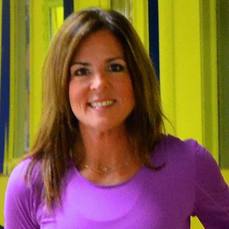 Helene Loiacano Johnson Helene Loiacano Johnson
Tabata doesn't discriminate either, according to Helene. It's for everybody, from exercise novices determined to carry out a New Year's resolution to the extreme cross-fit expert.
Helene explains. “The beauty of Tabata is that it’s right for everybody, even someone who's so deconditioned that they can barely walk to their mailbox.” Helene gives a few examples of beginning exercises: throwing and catching a moderate-sized medicine ball against a wall; jogging on a treadmill (moving your feet to the side using the safety bars to get that ten-second break); and leaping on/off jumping blocks. Mixing routines up also helps ward off boredom. And it’s not so much how you get there as arriving at your ultimate goal. Helene quotes her fitness professional father, J.E. Loiacano, who “taught me everything.” “He always says that workouts have to be fun. If you want to go to California, it doesn’t matter if you drive a Volkswagen or take a 747 - as long as you enjoy the trip." For instance, if you walk five days a week, you can still meet your fitness goal, it just takes longer, says Helene. “Tabata’s more like taking the 747,” she says, smiling.
Helene advises people to check with their physician before diving into Tabata (or any new fitness routine), even if you were once a star athlete in your school days. Over time, our bodies gradually change.
“But I want people to understand that anyone can do Tabata,” she says. “It’s not complicated. And it only takes 14 minutes a day, including the ten-minute warm-up. It’s simple and it’s fun.” If Tabata-style sounds like a good fit to achieve your New Year’s resolution, go for it. You may start seeing noticeable results after two weeks. Four weeks after that, you could be coasting past that resolution. With Tabata’s natural boosts to the human growth hormones (HGH) production, all that uninvited fat should be blasted off your body long before bikini and speedo season.
Find Helene on Facebook under "Fit First - Helene Loiacano Johnson"
There are lots of beginning or low-impact Tabata routines on Youtube. Try them out until you find one that seems to fit your style. Below are two that we enjoyed:
Mind+Body+Spirit - Nov/Dec 2017
Simple tips to help keep you healthy if you'll be traveling on one of the 11,000 flights a day during the holiday season.
- story by LB Kovac
Modern passengers aren’t quite as lucky as Pheil: with airlines crunching to carry more passengers in already cramped airplanes, the average seat width has squeezed to just 17 inches. This puts flyers even closer to their neighbors, healthy or not, than they were five years ago.
If you’re planning on flying this holiday season, there’s a few things you can do to keep yourself safe from the spread of germs.
Stay Hydrated
The best advice for flyers is also the simplest: drink lots of water. Humidity in a plane’s cabin is kept under 20%, much lower than the 30% humidity most people keep in their own homes. On a long flight, you can easily dry out your mucus glands, which in-turn can make you more susceptible to picking up germs. “[Drinking lots of water] will keep your respiratory tract moist, which gives you more protection against germs,” says Dr. Abinash Virk, an infectious disease expert at the Mayo Clinic. “Hydrating also prevents your skin from getting dry and cracked, which makes you susceptible to infections.” If you’re set on enjoying a hot cup of joe on your flight, you can always ask for an extra cup of water from the flight attendant.
Keep Your Hands to Yourself
In 2008, a severe outbreak of gastrointestinal distress amongst passengers on a Los Angeles-bound plane caused the flight to make an emergency landing. Initially, the airline thought that the virus spread via the restrooms. However, viral pathogen researchers found that all the infected passengers had one thing in common: almost all of them were sitting in aisle seats. The aisle seats, though coveted, put passengers in the way of more hands. Passing flight attendants and fellow passengers use the outermost armrests to steady themselves as they walk along the plane’s aisles. This makes the outside seats a hotbed for bacteria, passed along by every person that touches the seat’s armrests. It seems like mom’s advice is as important now as ever: keep your hands to yourself, and you’re less likely to pick up germs, or spread them to other passengers.
Bring Hand Sanitizer
If you’re now afraid of armrests, there’s one more place on the plane that you should be even more cautious of: the bathroom. Airlines do clean them each night, but, when you’re on a long flight, or a short flight on a plane that is used for multiple flights each day, the bathroom will get a lot of use between thorough cleanings. In economy, as many as 50 people share one bathroom on the plane each flight. A good supply of hand sanitizer minimizes the surfaces in the bathroom your hands can come into contact with and insures you are the one out of 50 who remains bacteria-free.
And Wet Wipes
After the bathroom door, the tray table is the surface most touched by passengers on a plane. And, when you’re enjoying that coffee and water, you’re picking up germs from the Ideally, airplane crews would be wiping them down between passengers, but there’s often not enough time for attendants to give the plane a deep cleaning between flights. You must do what others cannot and clean the tray table. A quick douse with an anti-microbial wet wipe (one with a built-in moisturizer will keep your hands hydrated) will eliminate most of the germs on the tray table’s surface, allowing you to nosh on those in-flight peanuts worry-free.
The St. Petersburg-Tampa line, as the hop over Tampa Bay was called, lasted only four short months; owner Percival Fansler soon shuttered the first commercial airline due to lack of consumer interest in the winter months.
Little did Fansler know that one day, the holidays would be the airline industry’s busiest, and germiest, time of the year. Of the average approximately 11,000 flights a day that happened during the 2016 holiday season, one in every 604 flights was grounded for medical emergencies. Following these tips to keep yourself germ free can insure that you, and the other passengers, get to your destination on time.
The term "coaching" has expanded outside the realm of athletics into an applied science that can help people lose the stress and gain the goals.
- by Tina Richardson
Timothy Gallwey, author of the Inner Game of Tennis said “There is always an inner game being played In your mind no matter what outer game you are playing. How aware you are of this game can make the difference between success and failure in the outer game”
In the 1970s, Timothy Gallwey taught tennis lessons by telling students what they were doing correctly and incorrectly. He eventually learned that teaching by "dos and don'ts" created a high level of stress that negatively impacted performance. His solution was to approach teaching by looking at it from the student's perspective. Gallwey developed a method of teaching using non-judgmental thinking and having the students focus on three things: imagining what they wanted to do, trusting themselves, and concentrating. The method worked so well that subsequent books on Inner Games - mostly related to sports - were published. For a number of years Gallwey has been applying his method of teaching to corporations and individuals. He feels that the key is not to teach, but to help the student learn and to facilitate that process. This process is called "coaching" because it gives the client the tools and support to have fresh perspectives on all areas of their life, instead of telling them what or what not to do. The YouTube video below presents an excellent explanation of how coaching enhances decision-making skills, improves interpersonal effectiveness and increases confidence.
Life coaches are trained and accredited. They are members of organizations like the International Coach Federation. Laurie Johnson lives here in Bay Saint Louis, Mississippi. She is a life and business coach who is certified as an Associate Certified Coach with the International Coach Federation and a member of the Gulf Coast ICF Chapter. “After Katrina I was feeling like I had lost my passion for almost everything I was doing," Laurie said, explaining why she was drawn to professional coaching. “I felt stuck. One day at the library I found an audiobook by a coach named Cheryl Richardson called Finding Your Passion. I listened to it and was intrigued by the idea of hiring a coach." Laurie followed through with professional coaching and soon found herself moving forward and "waking up" to things that were truly important to her. Laurie then decided to become a coach herself to help her nonprofit clients and women entrepreneurs. Through her business, 4 Elements Coaching, Laurie also coaches people who are transitioning to new careers, entering a leadership/managerial role, or just trying to discover what they want to do in retirement. Some of her clients are looking for help with the “stuff” that everyday life brings - like caregiving, relationship challenges, or work/life balance. Laurie is also a program advisor for a coach training school called InviteCHANGE and one of the creators of the Women's Entrepreneurs program with the Gulf Coast Chamber of Commerce. 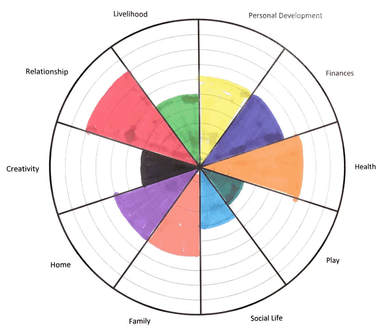 Sample of how a self-assessment might look on a wheel of balance. Sample of how a self-assessment might look on a wheel of balance.
The coaching process usually starts out with an assessment of your life as it is now. On a scale of 1 to 10 - with 10 the highest rating - you'll rate your experience in the life areas shown in the graphic. Just that simple assessment can show you what needs more attention.
A coach can help you achieve that balance by helping you find your goals and then focus on them. You'll explore your direction in life, establish clear short-term goals, and learn to use tools like time-management, prioritization and affirmations to manage stress, debt, and self-confidence. In short, coaching can assist people in transforming dreams into reality. “The client does the work of discovering and integrating," Laurie said. "Active listening, thoughtful questioning, and reflecting are the three key areas in which I spend most of my coaching time.” If you're interested in exploring life coaching, you'll find FAQ's on the website of the International Coach Federation. Many coaches offer free introductory sessions, as does Laurie Johnson of 4Elements Coaching. Dirt is Good
The American obsession with a germ-free environment may be one reason our rates of allergies, asthma and digestive issues have sky-rocketed. Seem counter-intuitive? Dig in and see what some top scientists have to say.
- story by Christina Richardson
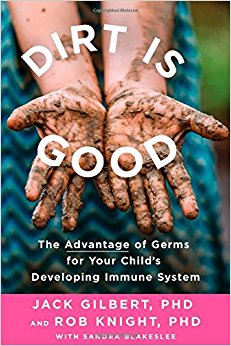
Jack Gilbert is the faculty director of the Microbiome Center and a professor in the department of surgery at the University of Chicago, founder of the Earth Microbiome Project and co-founder of the American Gut Project.
According to research on the subject, “From birth to age three, your child’s microbiome, especially in the gut, is extremely dynamic.” By age three the adult levels will be in place and everything you need is there. “There they stay, fending off pathogens, breaking down fibers, tuning the immune system and even influencing mental health.” Why is dirt good? Claire Fraser-Liggott, Ph.D., a professor at the University of Maryland, made a good case for dirt in a TEDxMidAtlantic talk. Fraser-Liggott says that we are not alone, and by that I mean in our own bodies. We are a little planet, a microbial ecosystem with hundreds of trillions of microbes living with us. “If you go back to fundamental principles of ecology, we know that high diversity ecosystems are more stable and resilient.” (9:22 in the Claire Fraser’s TED Talk video). Lacking that in our bodies, we are more prone to allergies, food allergies, and asthma.
Dr. Fraser-Liggott helped launch the field of microbial genomics and is with the Institute for Genome Sciences. It is the purpose of this effort to lay the foundation for new approaches to personalized medicine.
One of the studies has an ick factor, so bear with me: Many people who have compromised microbe colonies due to antibiotic use or other factors are prone to problems with their digestive tracts and have diarrhea that is difficult to treat. Fecal transplants have been very successful in treating these disorders. And yes, that means taking fecal material from a person with healthy microbes and planting them in the intestinal tract of the patient. Dr. Fraser-Liggott states that the cure rate is 95 percent for those patients that had a “re-poopulating of the gut.” Her words, not mine. If you want to be a part of the study go to americangut.org. There is a kit to order so you can send in your own sample and get back information on how you are getting along with your microbes. There are five recommendations that seem to be consistent with all the studies I have reviewed as to why it is good to expose your children to getting dirty.
Another aspect of connecting with the great outdoors is explored in a book by Richard Louv. Last Child in the Woods: Saving Our Children from Nature Deficit Disorder is a story about the disconnect humans have with natural areas.
The premise is that this lack of connection to nature contributes to obesity, distraction and depression. The book offers suggestions on how to develop an environment-based education program that enhances problem solving, critical thinking and decision-making skills. And as for those questions in the first paragraph? According to these physicians and scientists, it may even be beneficial to lick off that pacifier; wash with warm soapy water instead of using anti-bacterial; if you are in a safe area like your home, pick up and eat the dropped food item; and let the dog lick away. Who to Believe?
|
|
I recently went shopping with friends to a number of our favorite thrift shops and found a long linen coat, a sweater, two shirts and three dresses. All of the items fit and I bought them.
For non-thrift store afficianados, the first piece of advice I have for you is to avoid shopping by size. You may miss some great buys that way. The coat I bought was a size 6, the sweater was a medium; one shirt was an XS, and the other a large. The first dress I bought was a 6, the second was a 2, and the third was a 0. Really? A zero? That is absurd. This is Deena Shoemaker. She is a teen counselor and a frustrated buyer of women’s clothing. These are the photos she posted on her Facebook page to illustrate a point. Clothing sizes make no sense. Her travails were written up the in Business Insider. |
Mind, Body, Spirit
|
How did we get in this predicament?
Before ready-to-wear, there was made-to-measure. Measurements were made, patterns cut and sewn, and clothing fitted. Who knew or cared what “size” they were? In 1939, the U.S. Department of Agriculture (USDA) began a yearlong study titled “Women’s Measurements for Garment and Pattern Construction.”
Working with the Bureau of Home Economics under a federal grant, they studied the weight and 58 body measurements of 14,698 women across seven states in the U.S. Once the final data was collated, statisticians analyzed the results and determined that five measurements were sufficient to determine the size and shape of a woman: weight, height, bust girth, waist girth and hip girth.
Weight was quickly dismissed as a measurement, analysts reasoning that “retail stores and homes frequently do not have scales and it is conceivable that women would object to telling their weights more than to giving, say, their bust measurements.”
Just a few of the biases included limiting the USDA study to white women, and the suggestion, after all the work was done, to recommend that mass manufacturers only produce every second clothing size. The study was completed in 1953 and published as “Commercial Standard (CS) 215-58.”
In 1970 the commercial standards were updated, partially in recognition that few women actually had an hourglass shape. In 1939 it was estimated that many women fit this mold, maybe due to restrictive undergarments, and now the percentage is about 8 percent. The new standards were voluntary for manufacturers.
With no real restrictions, retailers were limited only by their imaginations, and garments started to be labeled with smaller sizes. By 1983 the voluntary standards were gone, and all that is left is size numbers.
Ahhh Choo!
- by Christina Richardson, PhD.
|
This morning while getting the paper I sneezed not once, not twice, but three times. I always sneeze three times. It felt good to let the sneezes out. In the house I have to hold the sneezes in.
It does not matter where I am or where Robbie (fellow journalist and Shetland sheepdog) is when I do a full sneeze. He comes at me like a runaway freight train, barking, leaping and shoving. I wonder what he thinks I am saying. My doctor told me that holding a sneeze in is not a good idea. She told me that blood vessels in my eyes can break, my eardrum could rupture, or blood vessels in my brain could be affected. From now on I will run for it and sneeze away. |
Body, Mind, Spirit
|
- We sneeze to reset the environment in our nasal passages. Little cilia, which are tiny hairs, beat faster and cause the sneezing.
- Many things cause us to sneeze, like bright light, pepper, colds, allergies, and even temperature changes.
- It is normal to sneeze in multiples to push the irritants out.
- Your eyes close when you sneeze, in an involuntary reflex.
- Your heart does not skip a beat when you sneeze, although it may slow just a little due to the deep breath taken before the sneeze.
- Sneezes can travel up to 100 miles an hour and germs can be spread out as far as 30 feet away. So cover your nose when you belt out a sneeze.
Click here for additional sneeze factoids.
The video below explains the science behind the sneezing mechanism.
The NICE, or sensitive, sneezer: These people are warm and friendly and their most important priority is their relationship with others. They tend to have a single “achoo” and turn their heads away when they sneeze.
BE RIGHT sneezers are careful and accurate. They take their time, play by the rules and wish others would do so. They are the most likely to cover their noses when sneezing.
GET IT DONE sneezers are fast, decisive and to the point. They are leaders and get things done. These folks often hold in a sneeze but when they let go it is a loud one.
THE ENTHUSIASTIC sneezer is charismatic, imaginative and open to people. When they sneeze it is usually big or multiple.
In the study of 547 people Ms. Wood found that sneezing matched personalities. Some of the respondents added their own type of sneezers: the big bad wolf, the tease, spray gun, freeze tag, hand as handkerchief, the how high can you count sneeze, the cartoon sneeze, the coughing sneeze, and others. The article goes in to traditions, why we say “bless you,” and some celebrity sneezers.
Sneezing is one of those automatic things we do and don’t do much thinking about. Maybe now you will.
Bless you
D.I.E.T.: Change Your Outlook For Optimum Health
- by Christina Richardson, PhD
|
There are literally thousands of dieting books, programs, supplements and plans for the dieting consumer to choose from. All of these are part of the $60 billion-dollar diet industry. If there are so many plans and gurus and ideas being presented why are more than a third of us so fluffy? I prefer the word fluffy to obese. Obese sounds judgmental and insurmountable.
Food is the reason for the fluffiness not related to a health issue. We have to eat; we love to eat. We are bombarded with advertising and encouraged to eat. Eating is social, cultural and what keeps us going. It is the overdoing and making the wrong choices or eating too much of a good thing that does us in. |
Mind, Body, Spirit
|
2. Eat less than you do in the winter — you need less fuel to keep your body temperature in balance. Graze throughout the day. Make your regular three meals a day six smaller ones. Think about what your body needs today. Savor what you eat and do not give up what you love. Eat a few French fries, not an entire serving. Deprivation just makes you want something more.
3. Move more by parking your car further away from your destination. Take a morning walk. Avoid exercising in the middle of the day. Do a class with friends in yoga or at the gym. Enjoy!
4. Enlist your friends to help you stay on track. Ask them to join you in eating close to natural, eating less and moving more. No matter what task we set out for ourselves, we accomplish more with a little help from our friends. Some years ago I read the transcript of a sermon given by Dr. Robert McNeish, pastor of the Northminster Presbyterian Church in Resistertown, Maryland. In 1972 He used the example of geese flying in formation to show how people can work together.
My favorite line is, “The geese flying in formation make loud honking noises, called contact calls, to help them stay together.” Pastor McNeish’s lesson was that we need to make sure that our honking is encouraging, supportive and that it brings out our best. Here is a video based on McNeish’s sermon.
5. Remember that tomorrow is another day. Every day is a day to begin again. Stay away from the weight scales. Every day jot down how your body feels. Diets do not work. Lifestyle changes do.
Take Joy! The Little Things Count
- by Christina Richardson, PhD
Is Longevity Tied to Telomeres?
- story by Christina Richardson, PhD.
Boosting Your Immune System
- by Christina Richardson, PhD
New Year, New You
- by LB Kovac
The Power of Posing
- story by L.B. Kovac
What Am I Eating?
- story by Christina Richardson
Categories
All
15 Minutes
Across The Bridge
Aloha Diamondhead
Amtrak
Antiques
Architecture
Art
Arts Alive
Arts Locale
At Home In The Bay
Bay Bride
Bay Business
Bay Reads
Bay St. Louis
Beach To Bayou
Beach-to-bayou
Beautiful Things
Benefit
Big Buzz
Boats
Body+Mind+Spirit
Books
BSL Council Updates
BSL P&Z
Business
Business Buzz
Casting My Net
Civics
Coast Cuisine
Coast Lines Column
Day Tripping
Design
Diamondhead
DIY
Editors Notes
Education
Environment
Events
Fashion
Food
Friends Of The Animal Shelter
Good Neighbor
Grape Minds
Growing Up Downtown
Harbor Highlights
Health
History
Honor Roll
House And Garden
Legends And Legacies
Local Focal
Lodging
Mardi Gras
Mind+Body+Spirit
Mother Of Pearl
Murphy's Musical Notes
Music
Nature
Nature Notes
New Orleans
News
Noteworthy Women
Old Town Merchants
On The Shoofly
Parenting
Partner Spotlight
Pass Christian
Public Safety
Puppy-dog-tales
Rheta-grimsley-johnson
Science
Second Saturday
Shared History
Shared-history
Shelter-stars
Shoofly
Shore Thing Fishing Report
Sponsor Spotlight
Station-house-bsl
Talk Of The Town
The Eyes Have It
Tourism
Town Green
Town-green
Travel
Tying-the-knot
Video
Vintage-vignette
Vintage-vignette
Waveland
Weddings
Wellness
Window-shopping
Wines-and-dining
Archives
July 2024
June 2024
May 2024
April 2024
March 2024
June 2023
March 2023
February 2023
January 2023
December 2022
November 2022
October 2022
September 2022
August 2022
July 2022
June 2022
May 2022
April 2022
March 2022
February 2022
January 2022
December 2021
November 2021
October 2021
September 2021
August 2021
July 2021
June 2021
May 2021
April 2021
March 2021
February 2021
January 2021
December 2020
November 2020
October 2020
September 2020
August 2020
July 2020
June 2020
May 2020
April 2020
March 2020
February 2020
January 2020
December 2019
November 2019
October 2019
September 2019
August 2019
July 2019
June 2019
May 2019
April 2019
March 2019
February 2019
January 2019
December 2018
November 2018
October 2018
September 2018
August 2018
July 2018
June 2018
May 2018
April 2018
March 2018
February 2018
January 2018
December 2017
November 2017
October 2017
September 2017
August 2017
July 2017
June 2017
May 2017
April 2017
March 2017
February 2017
January 2017
December 2016
November 2016
October 2016
September 2016
August 2016
July 2016
June 2016
May 2016
April 2016
March 2016
February 2016
January 2016
December 2015
November 2015
October 2015
September 2015
August 2015
July 2015
June 2015
May 2015
April 2015
March 2015
February 2015
January 2015
December 2014
November 2014
August 2014
January 2014
November 2013
August 2013
June 2013
March 2013
February 2013
December 2012
October 2012
September 2012
May 2012
March 2012
February 2012
December 2011
November 2011
October 2011
September 2011
August 2011
July 2011
June 2011

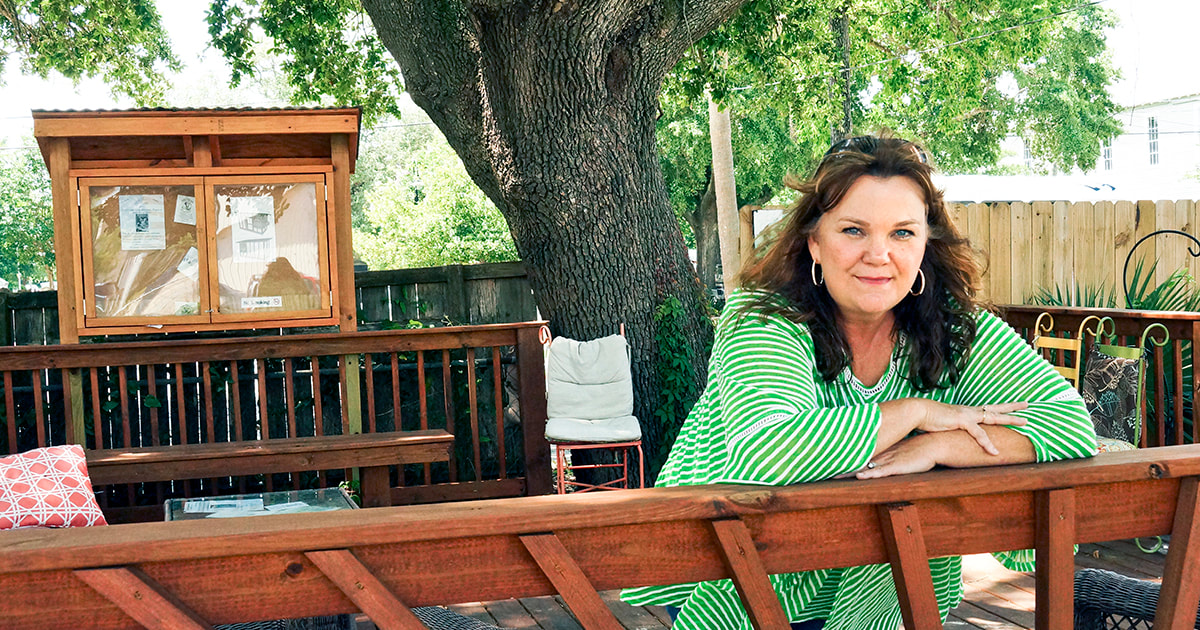







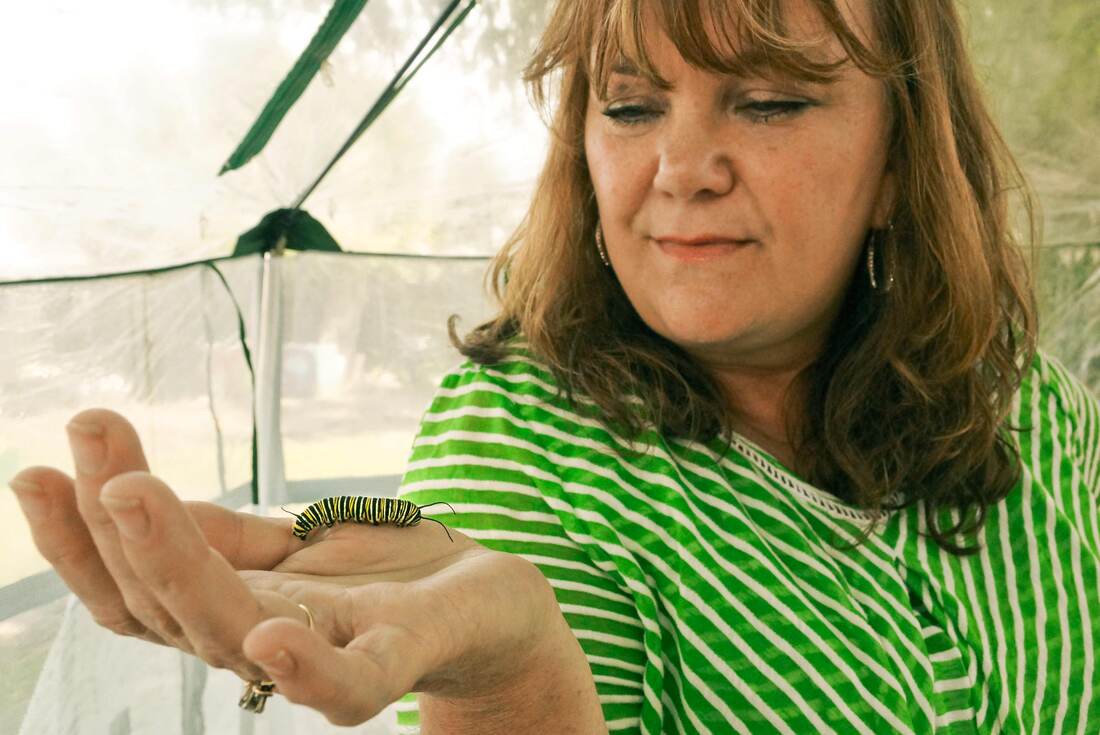
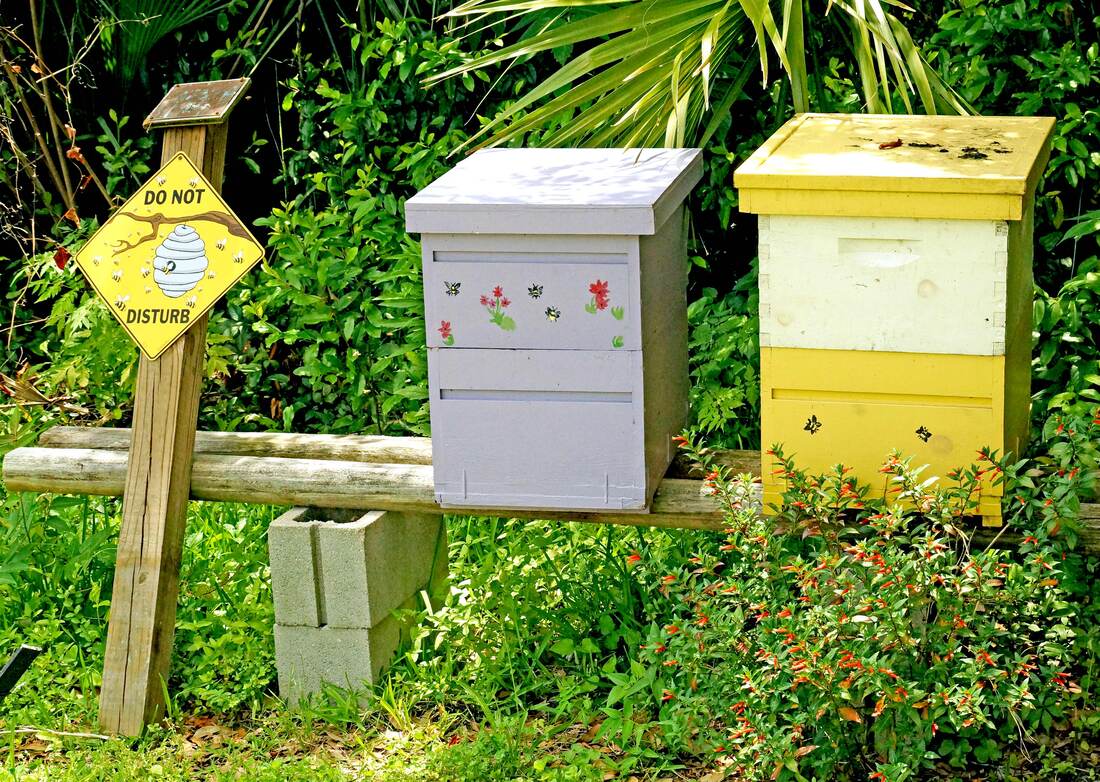
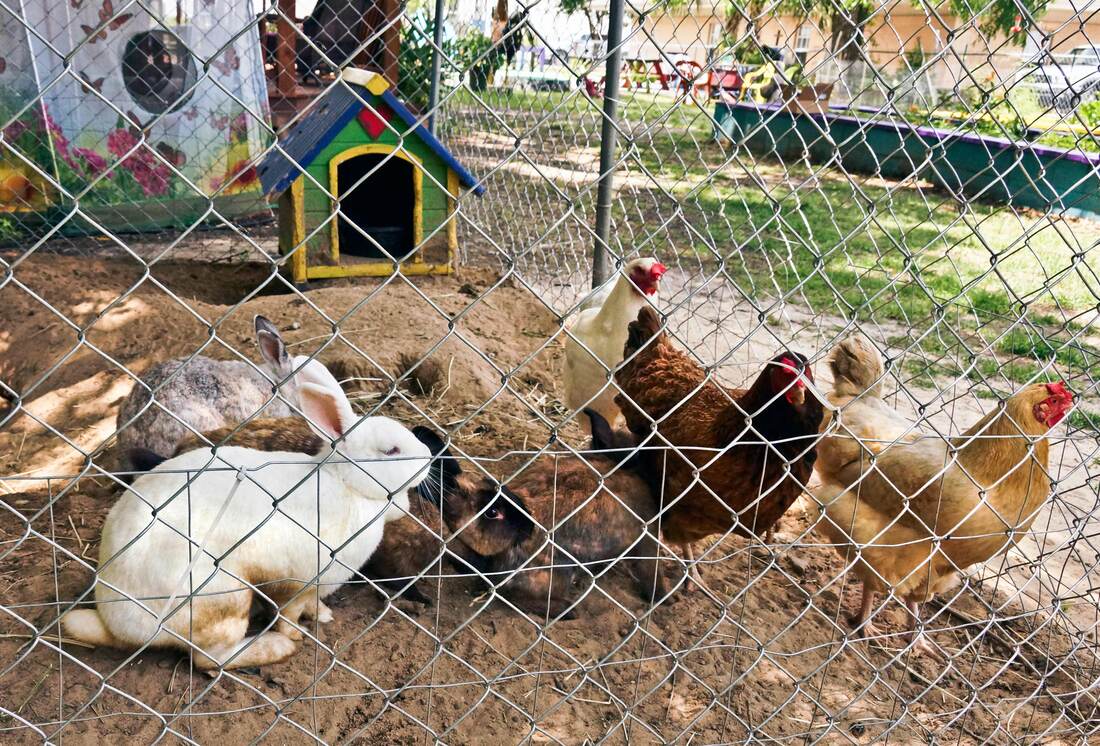
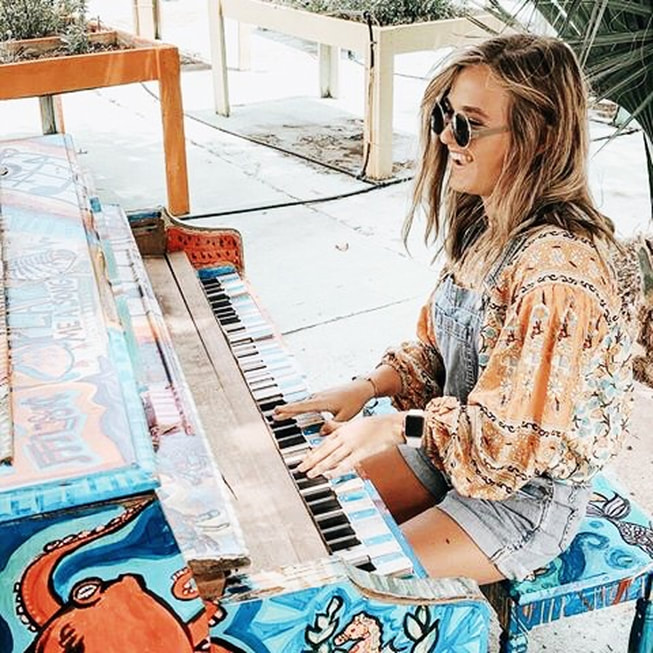

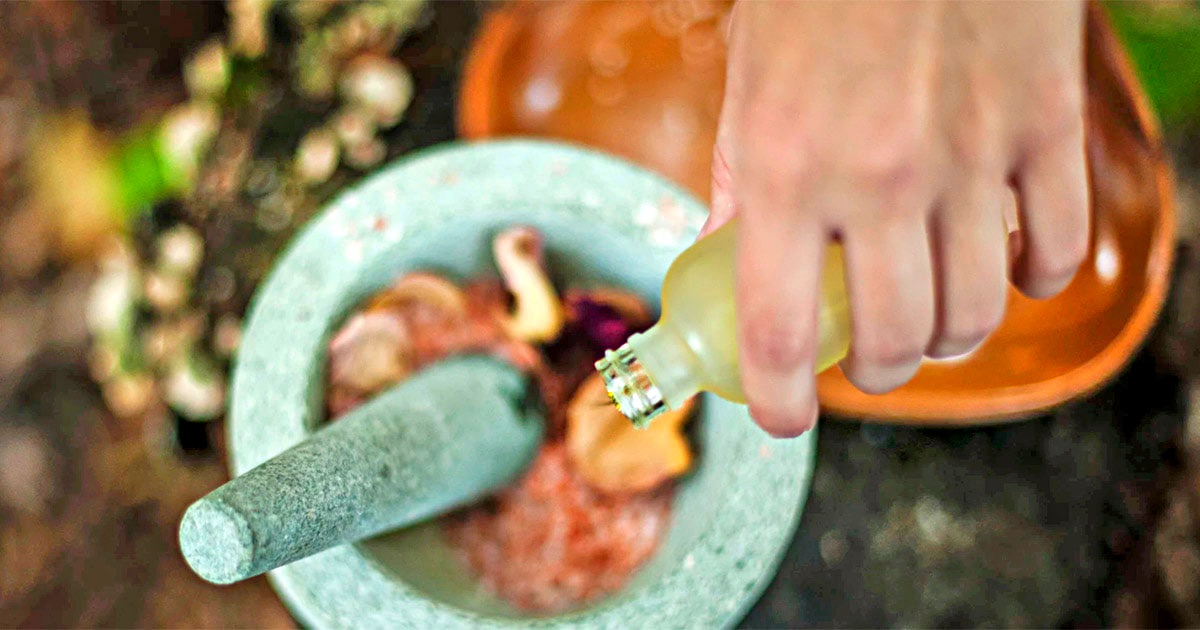


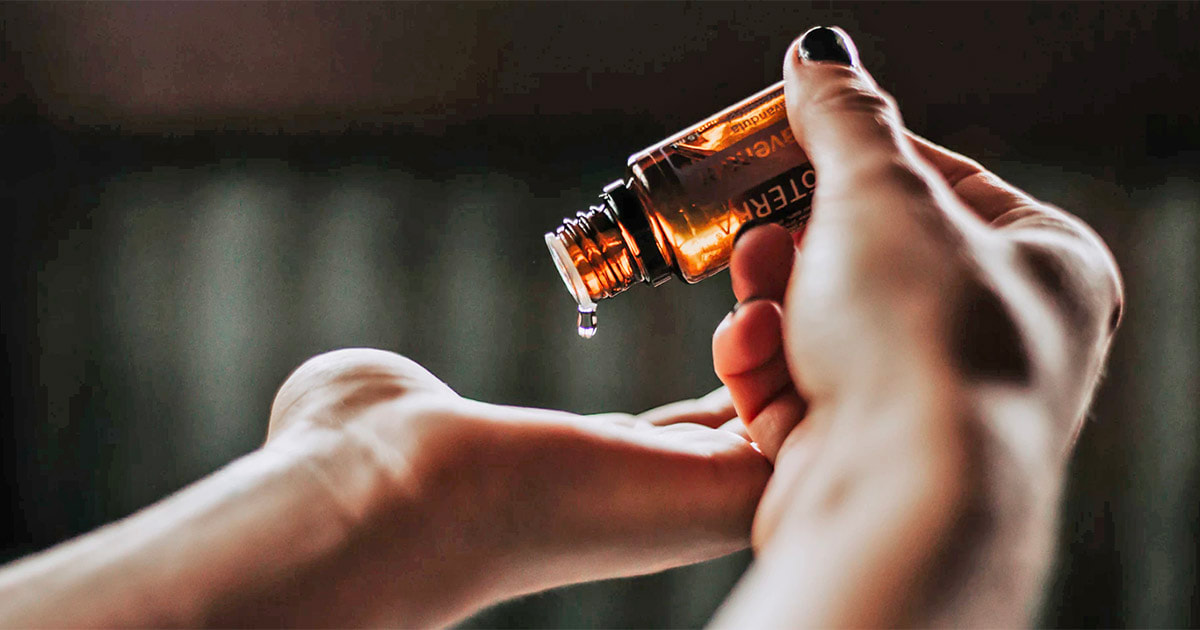
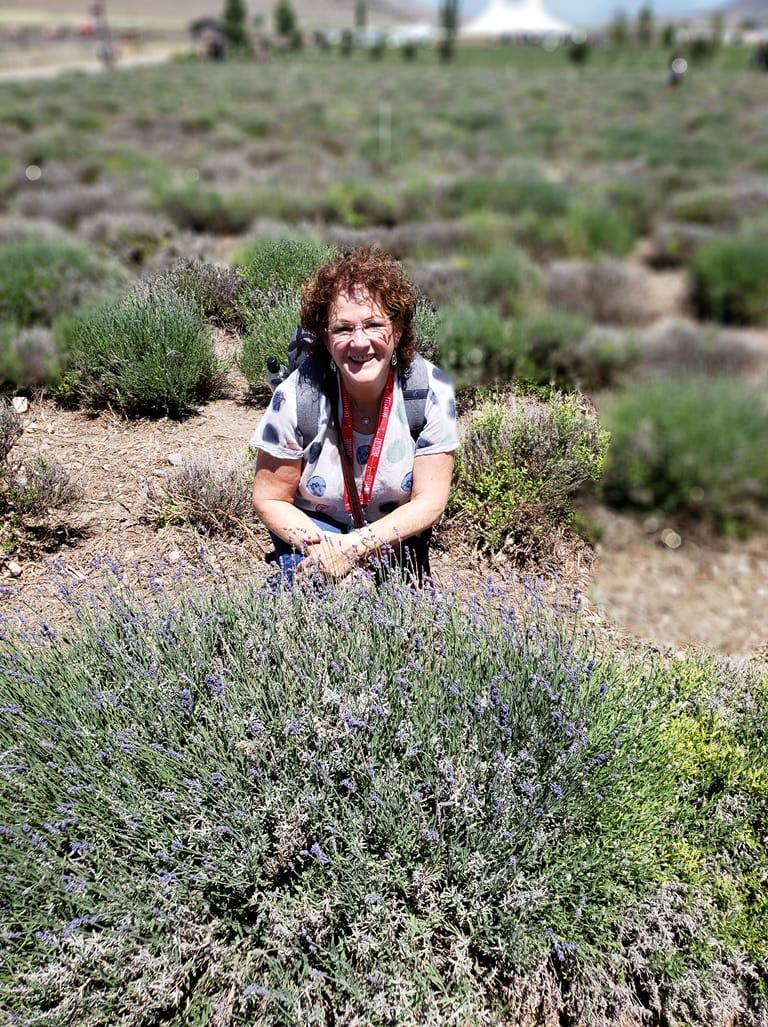
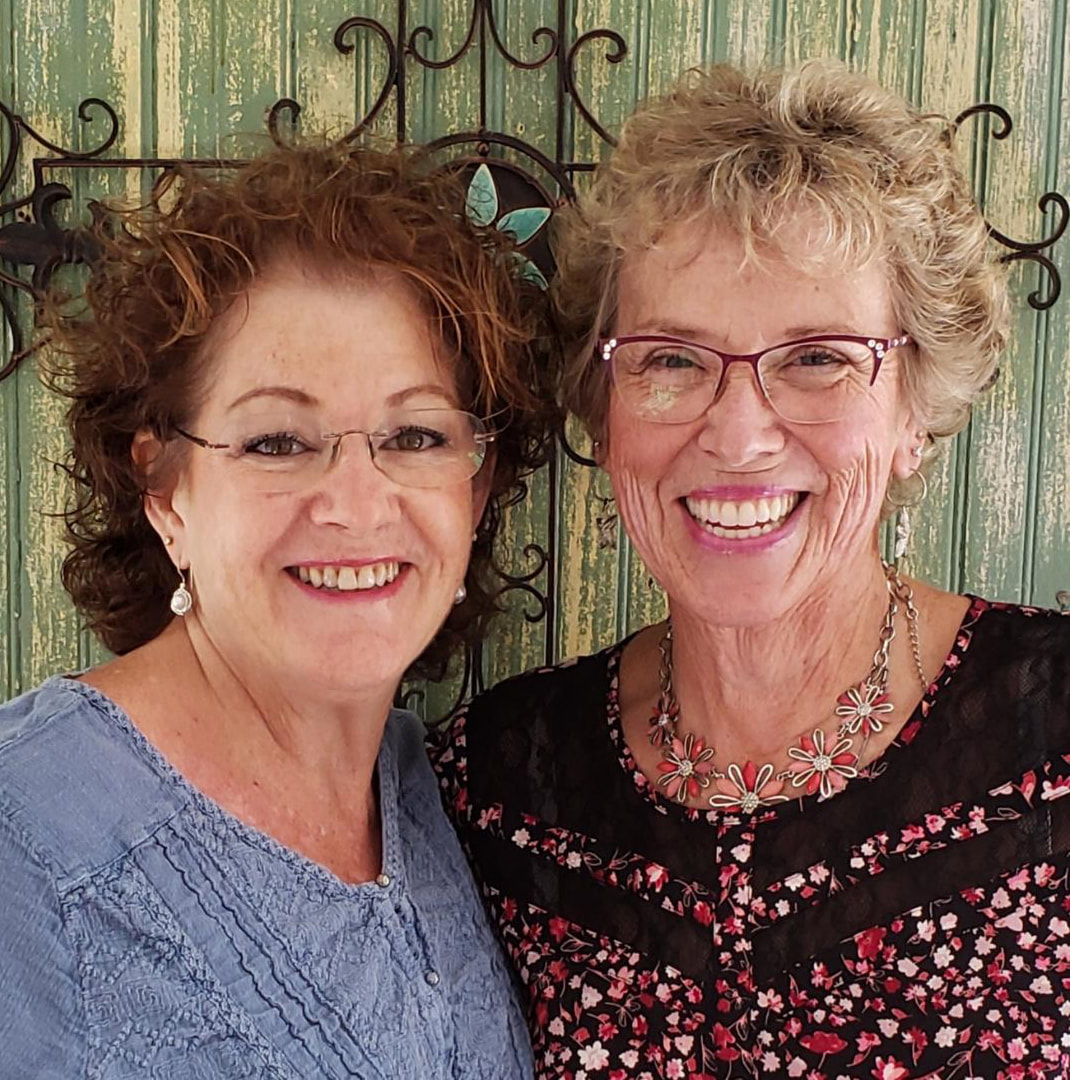
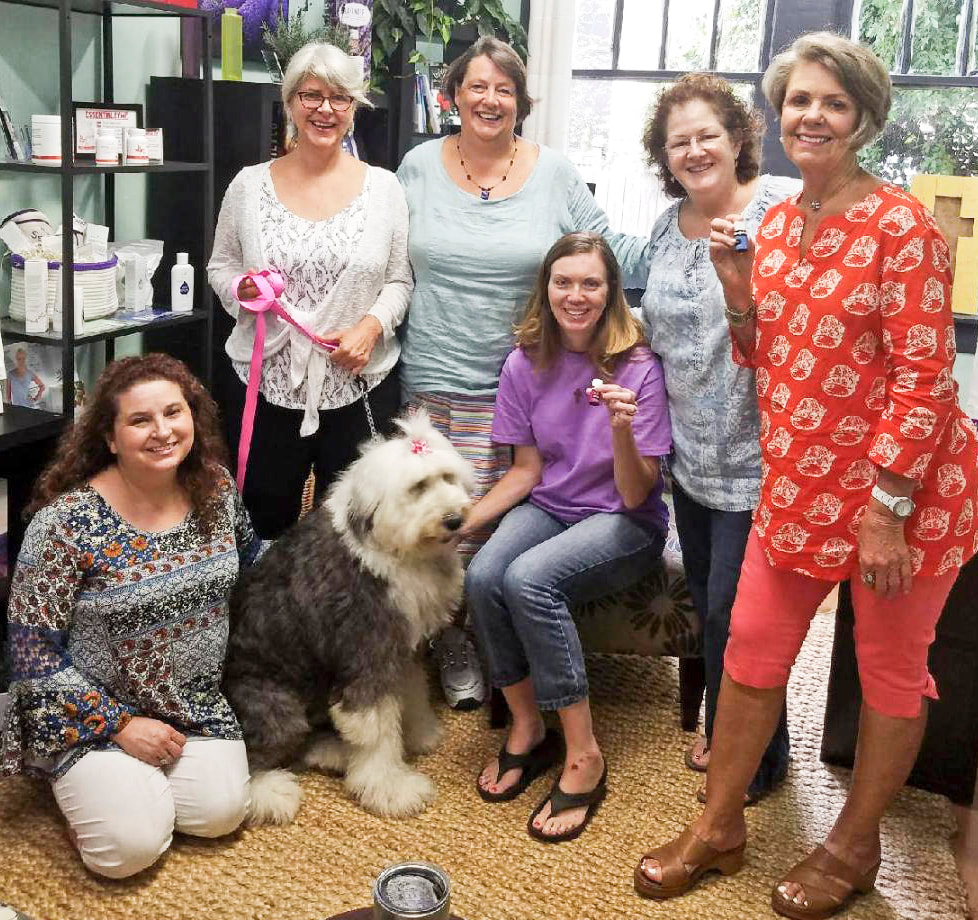


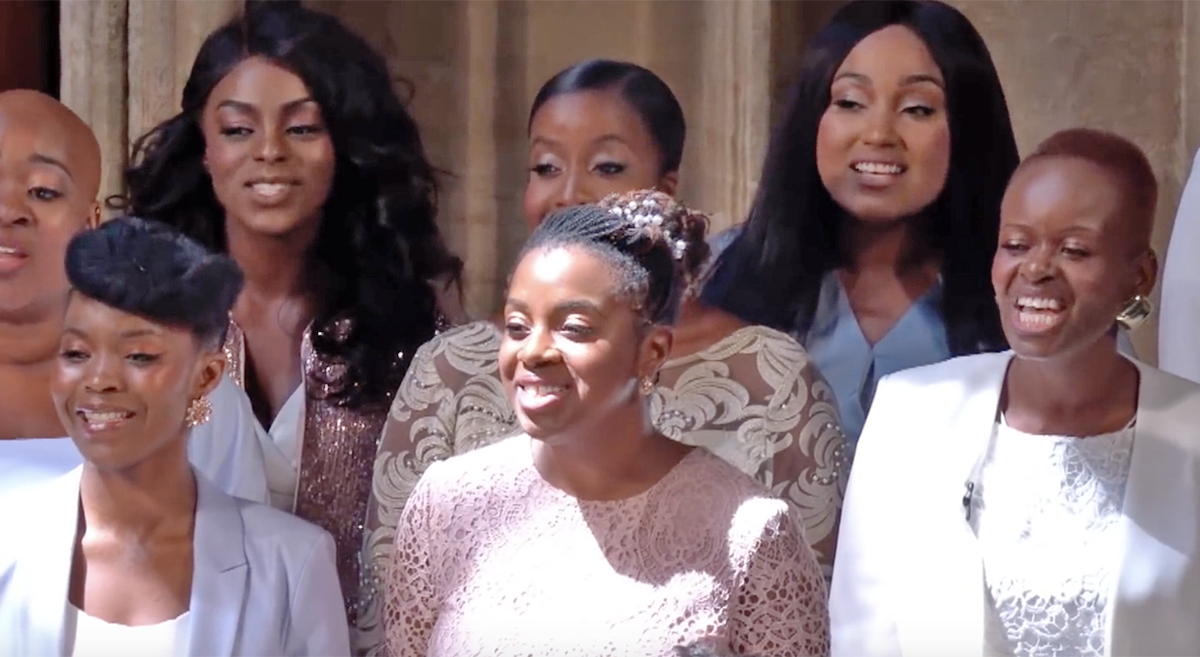
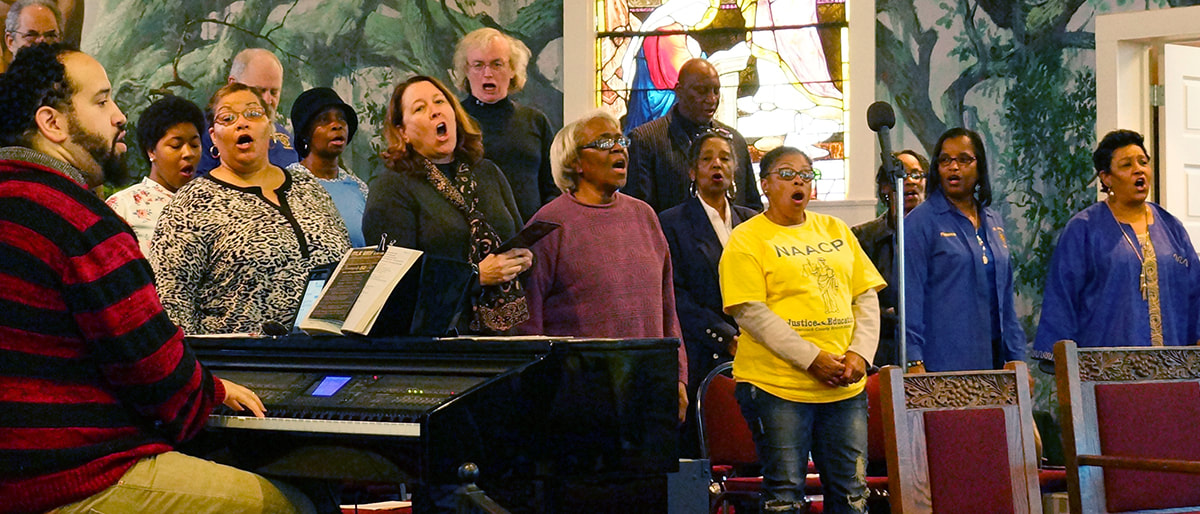
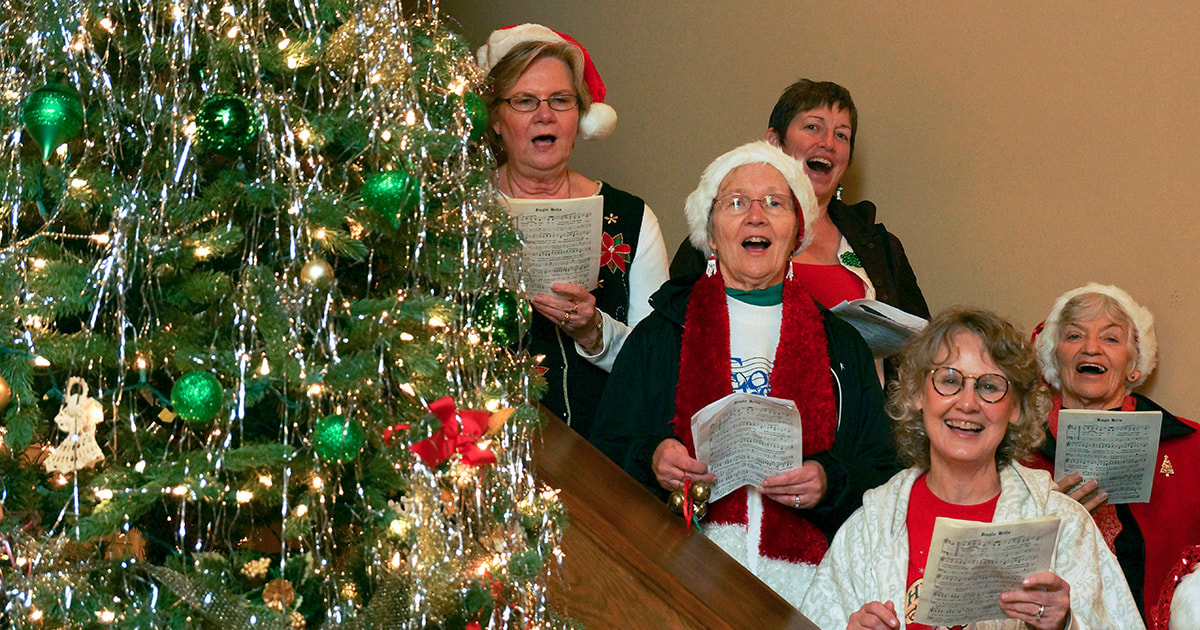
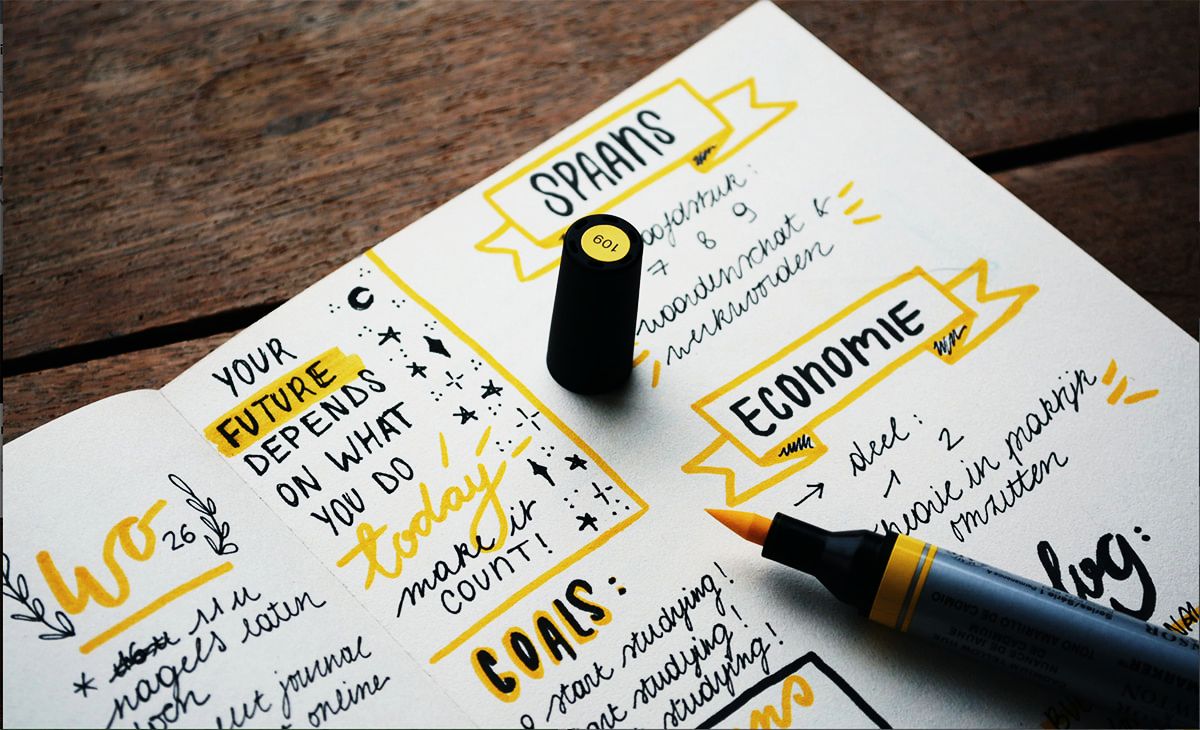

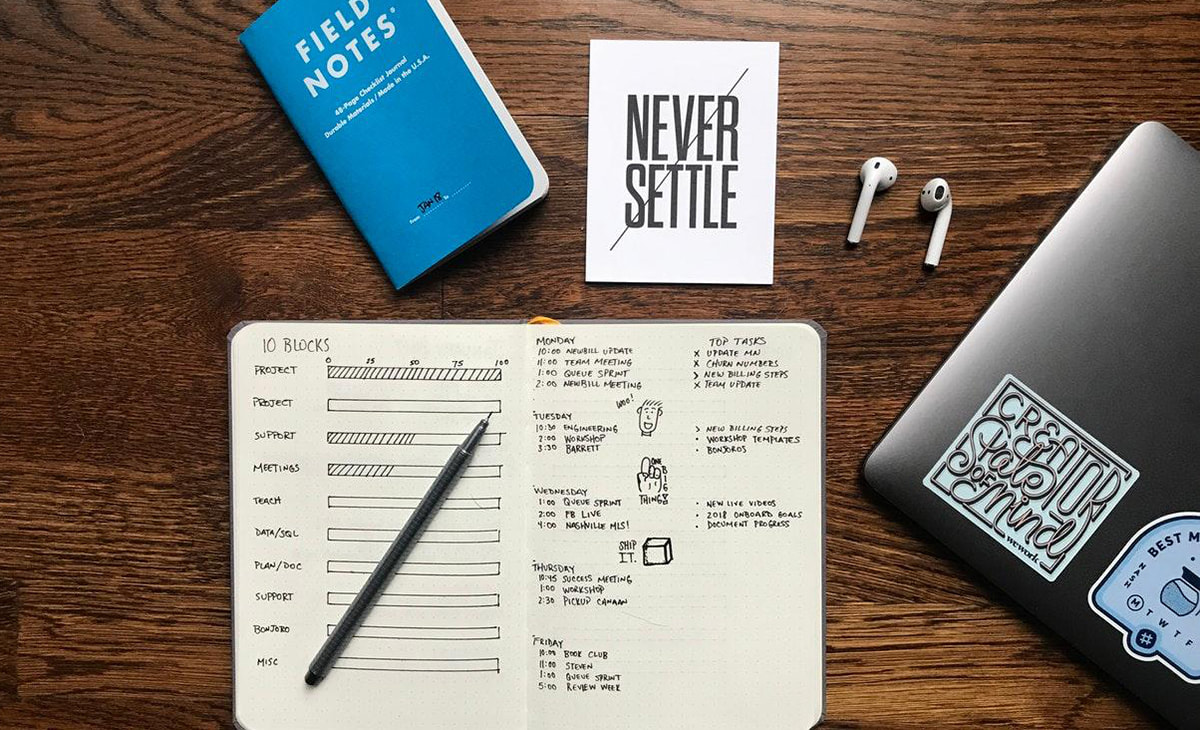
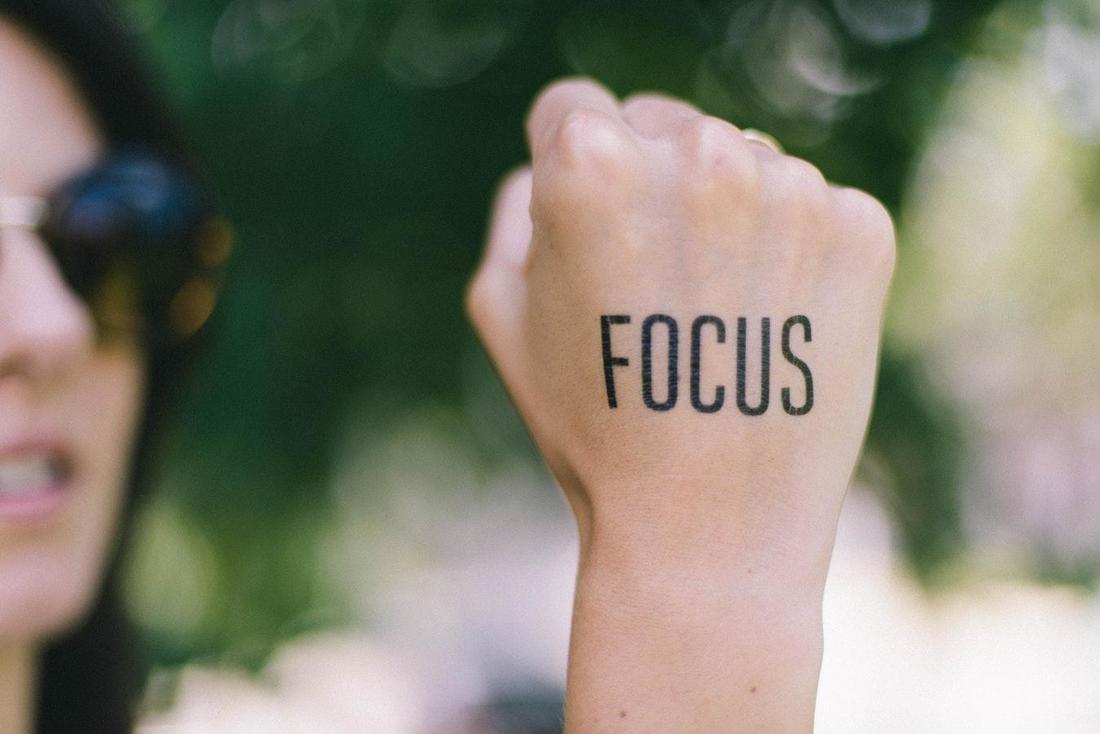
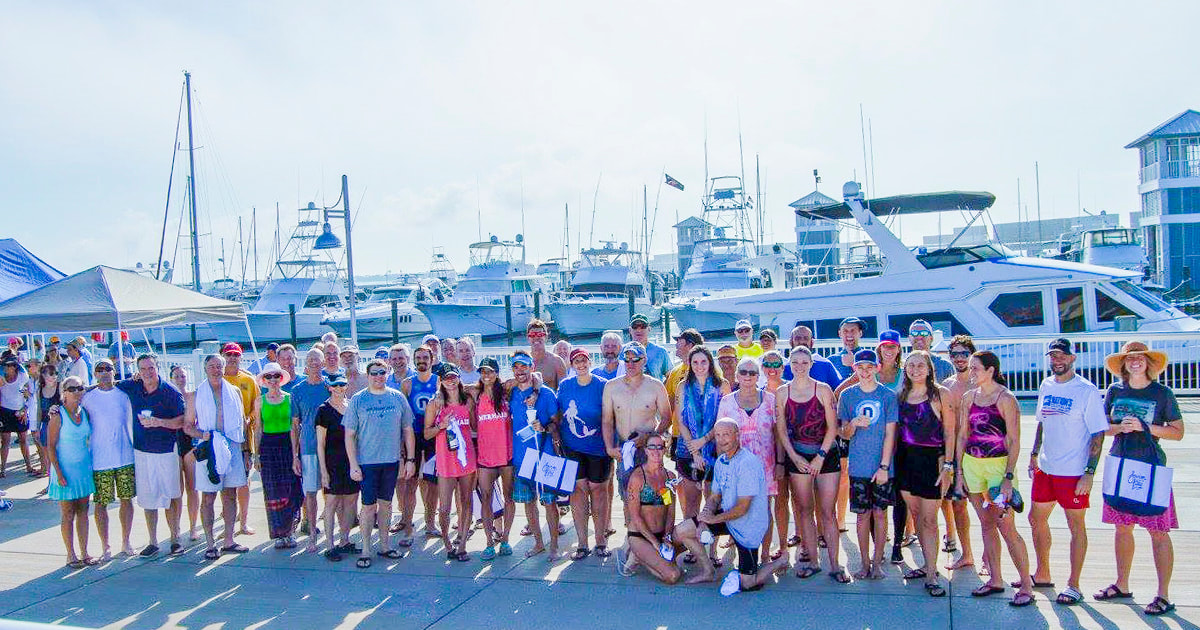

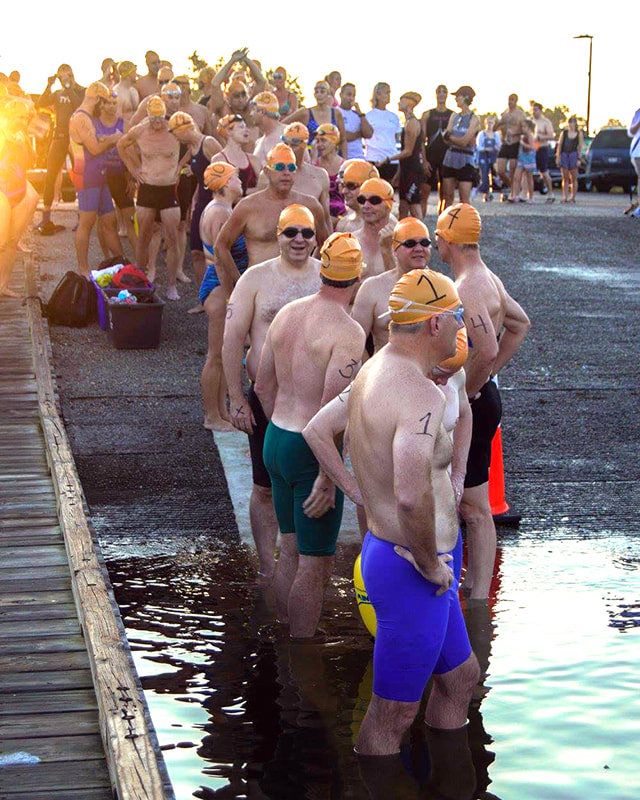
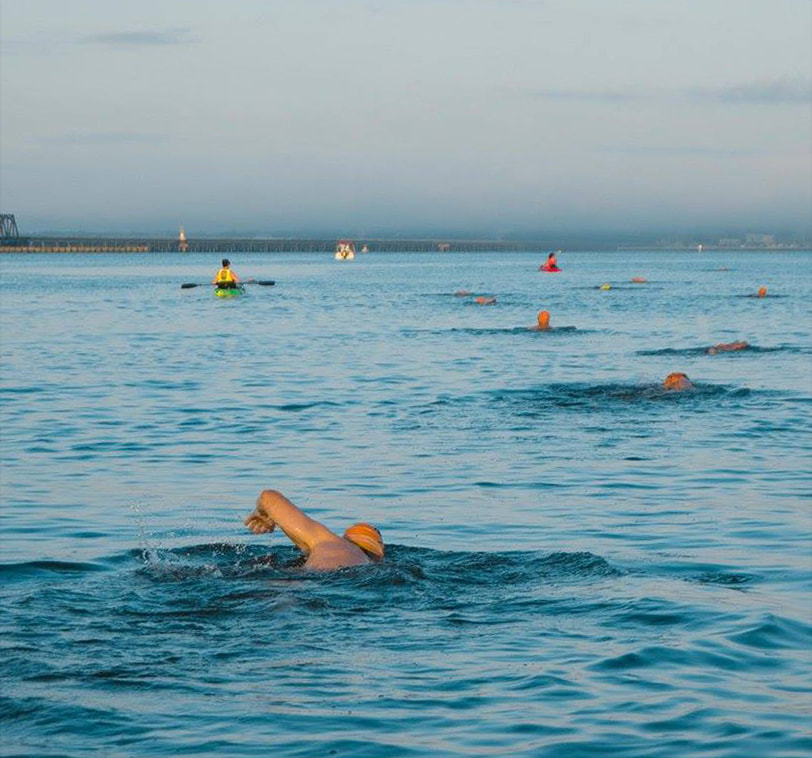
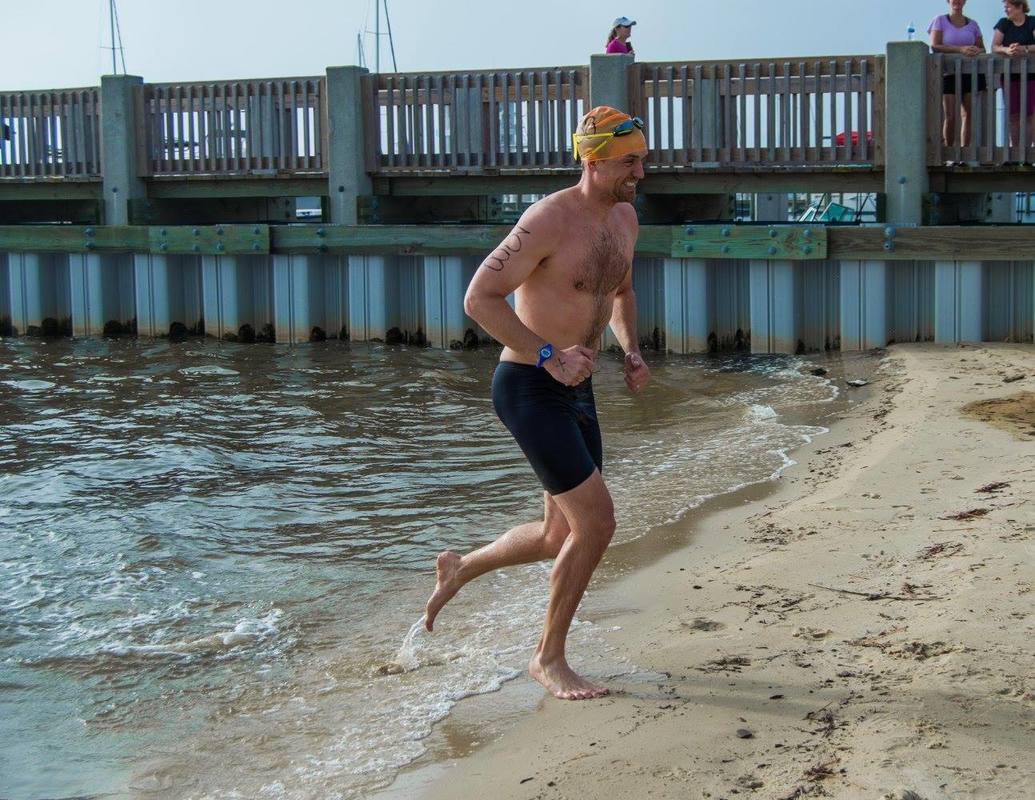
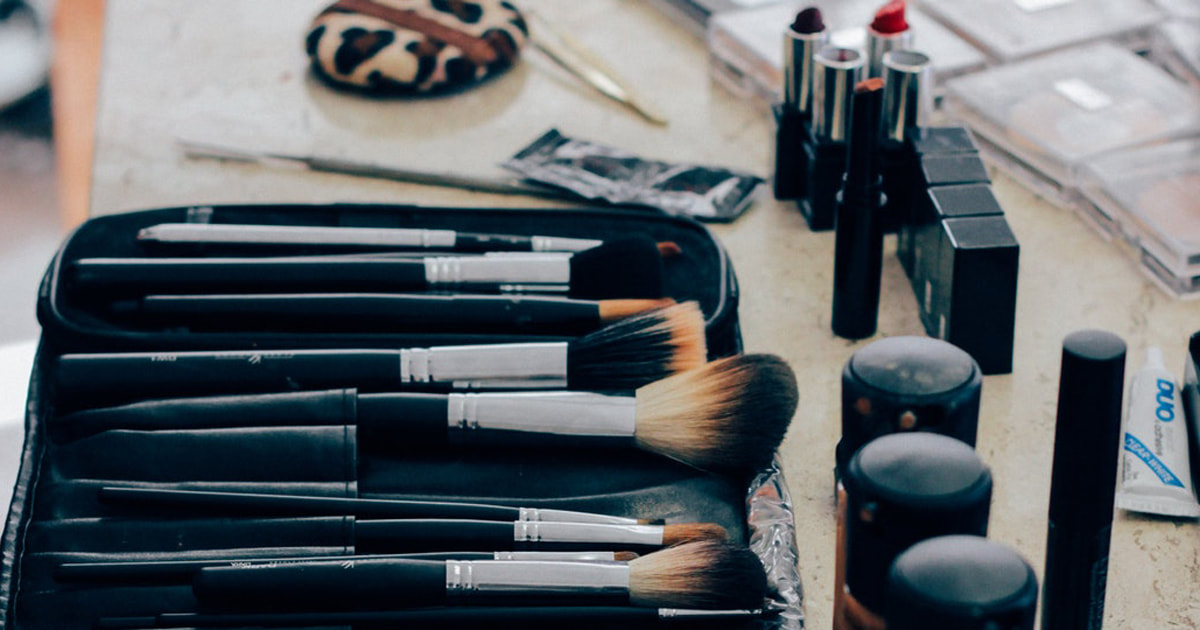
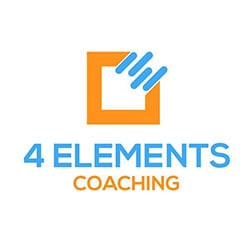
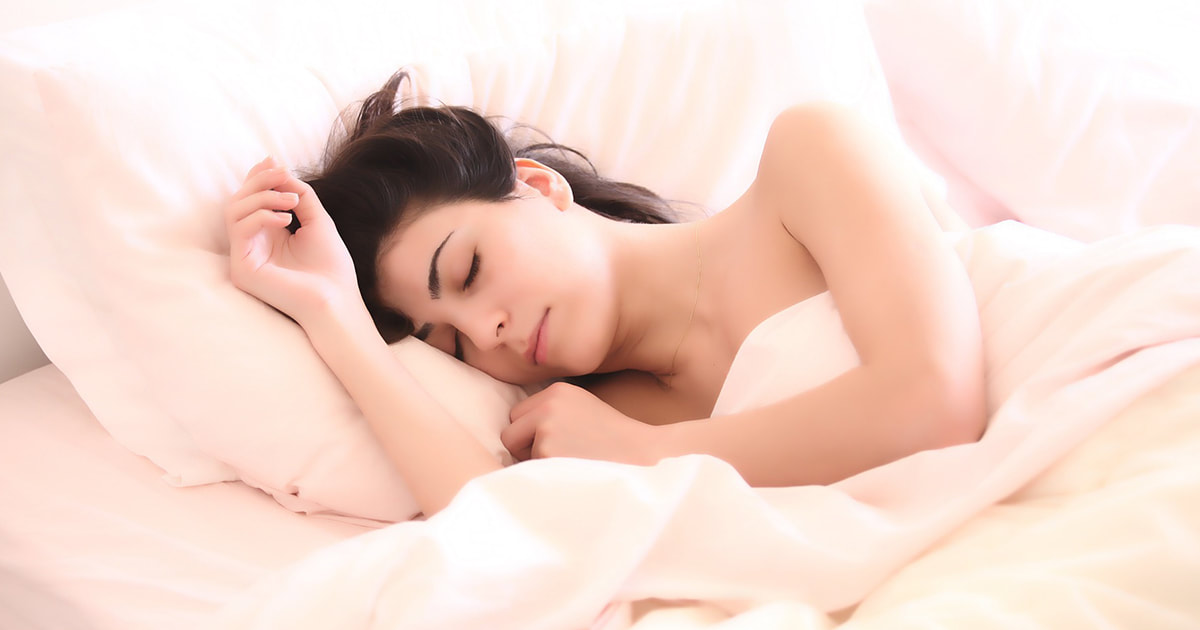
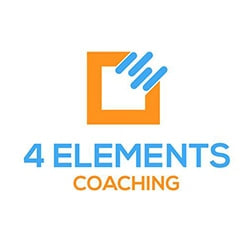
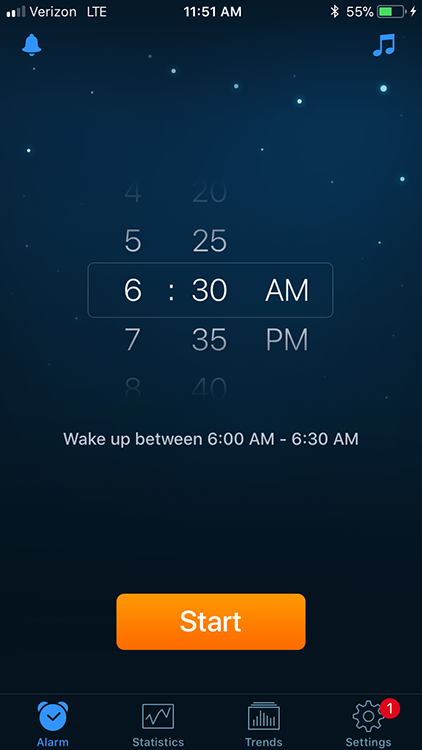
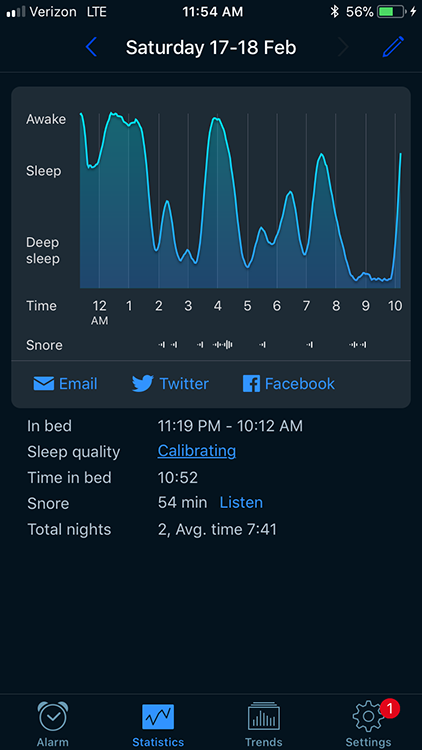
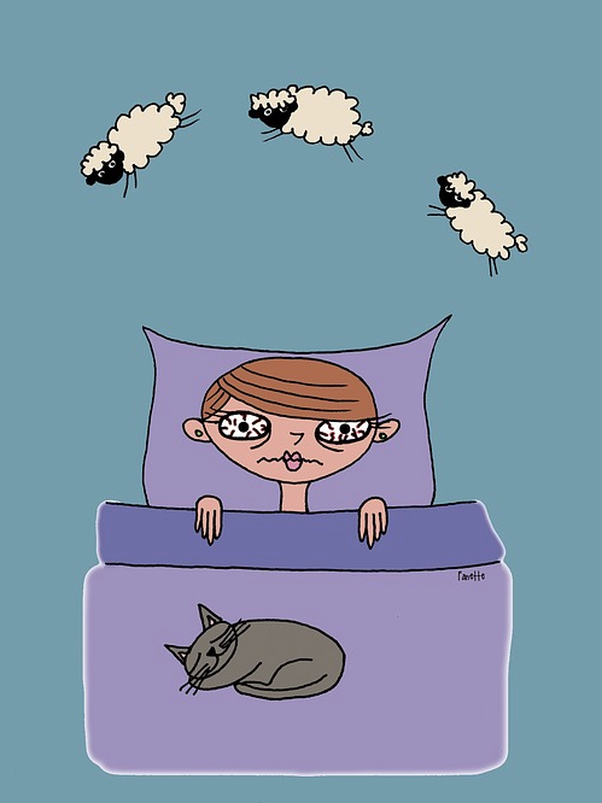
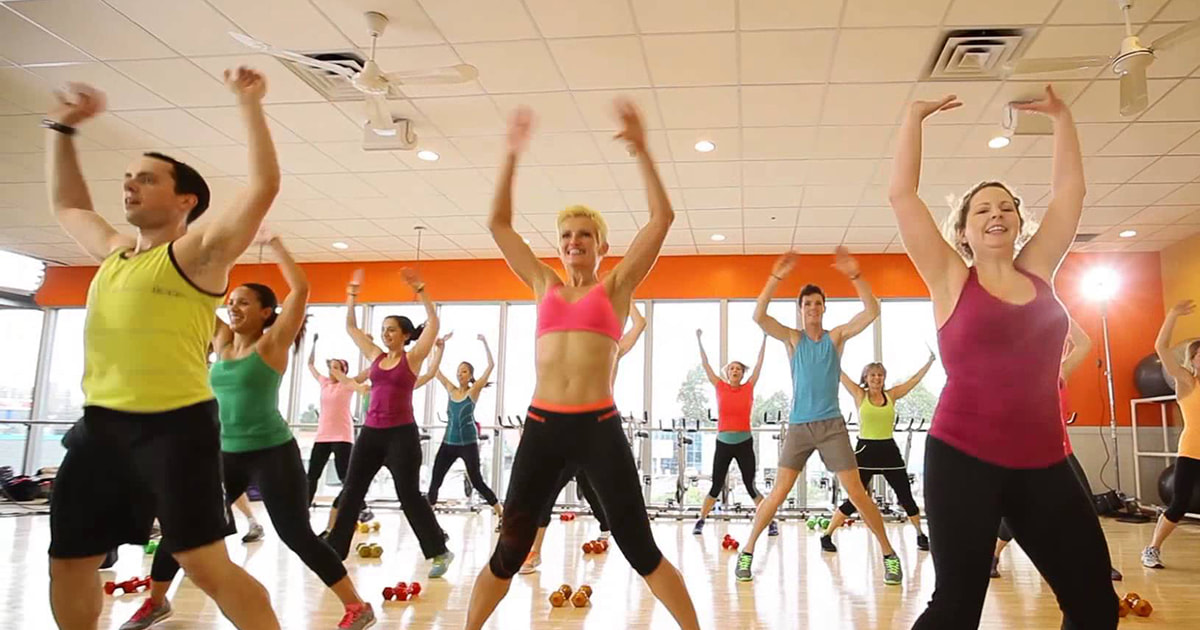
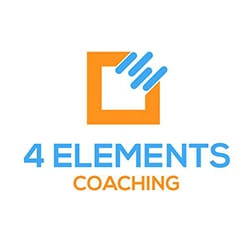

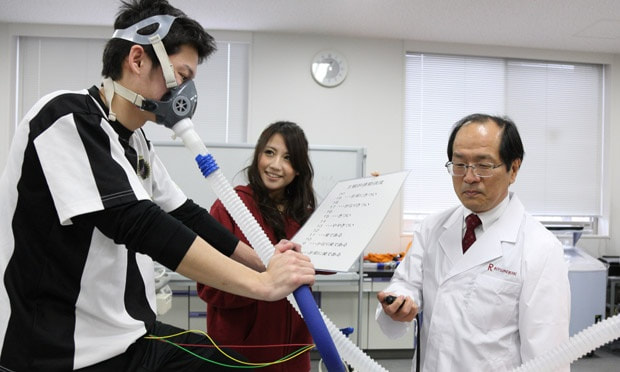
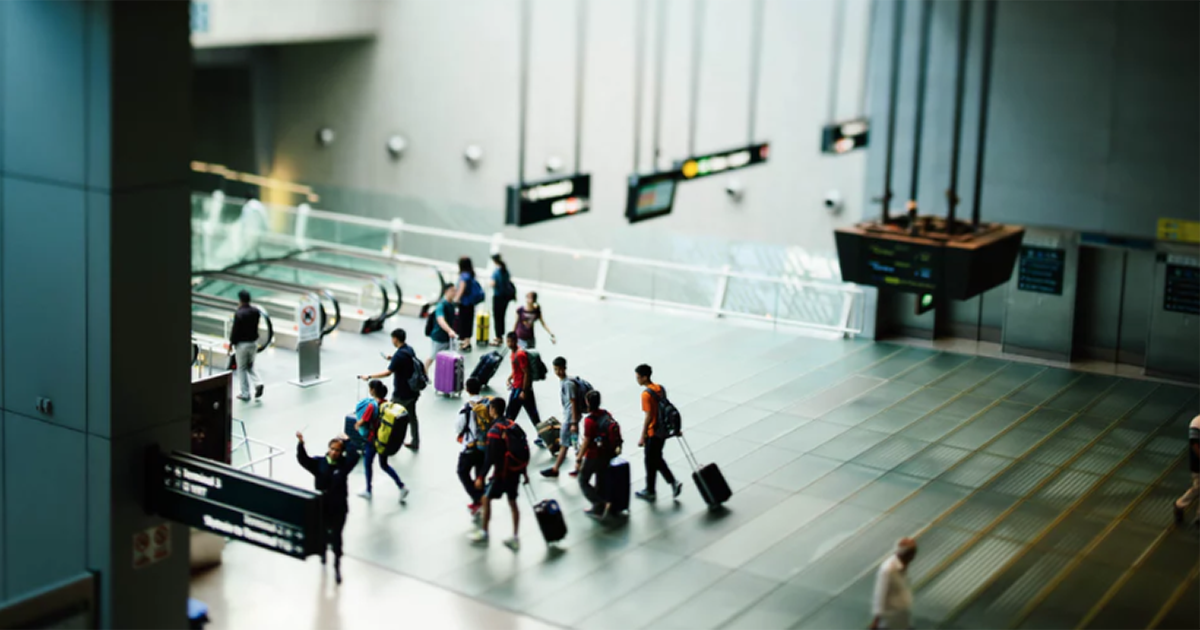

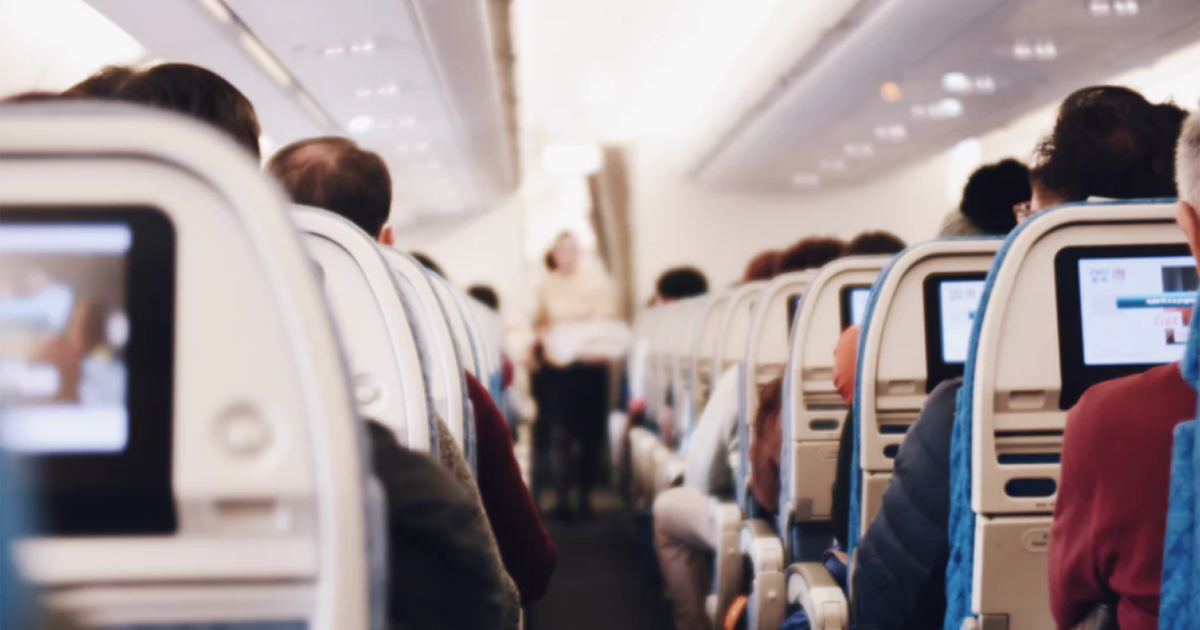
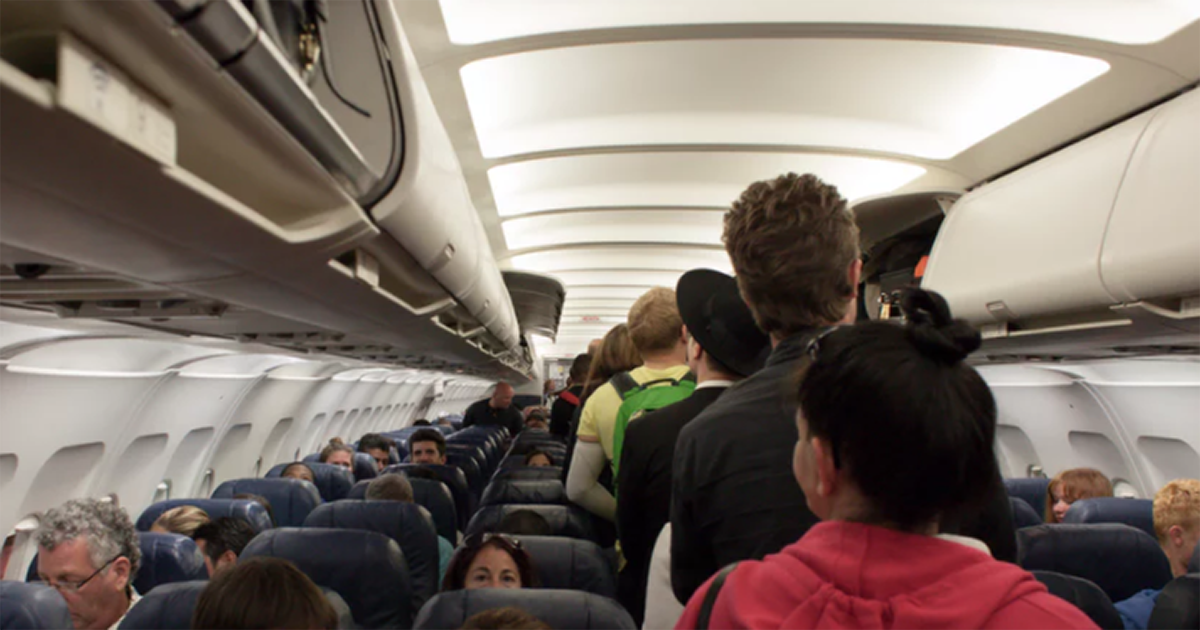




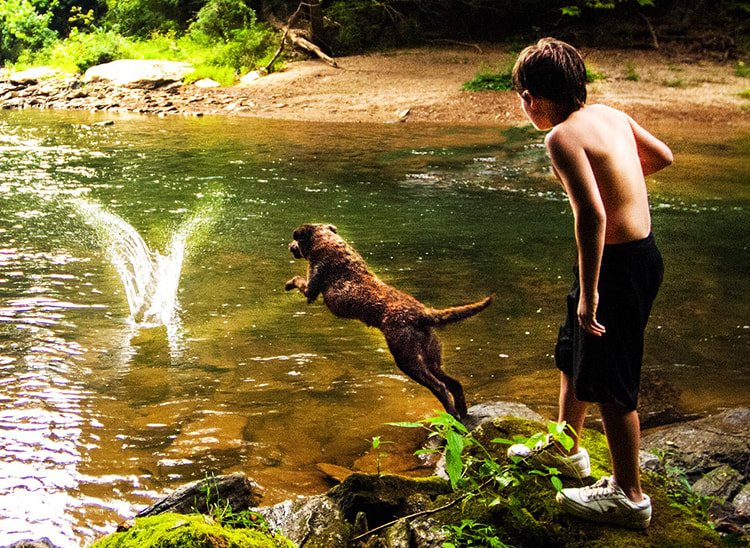


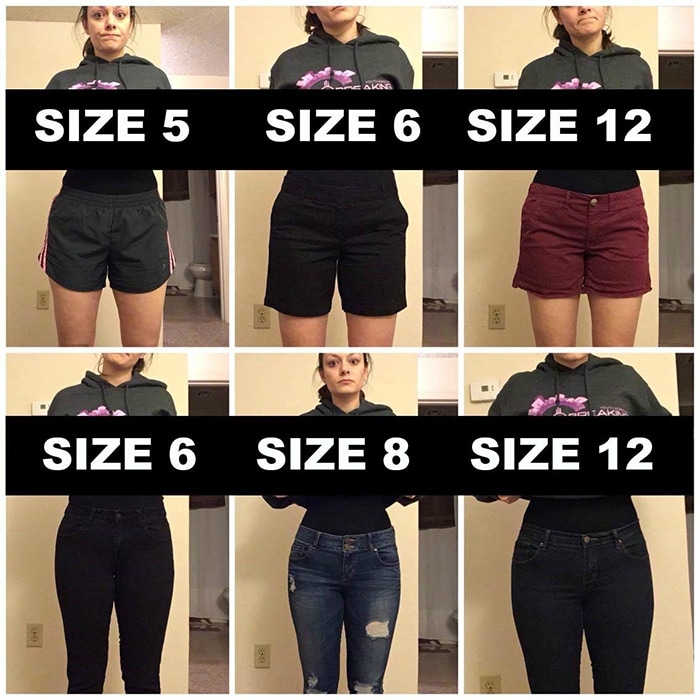
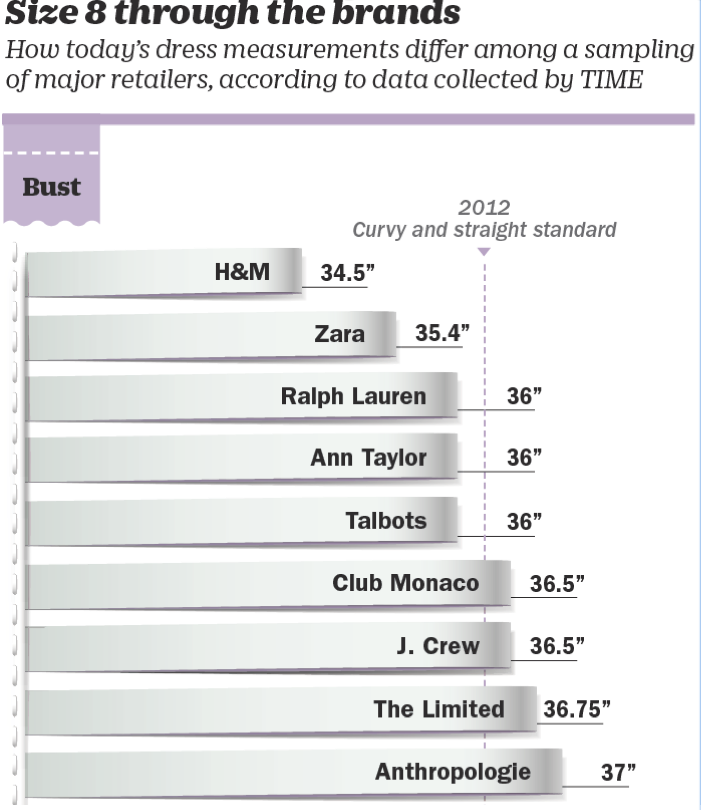
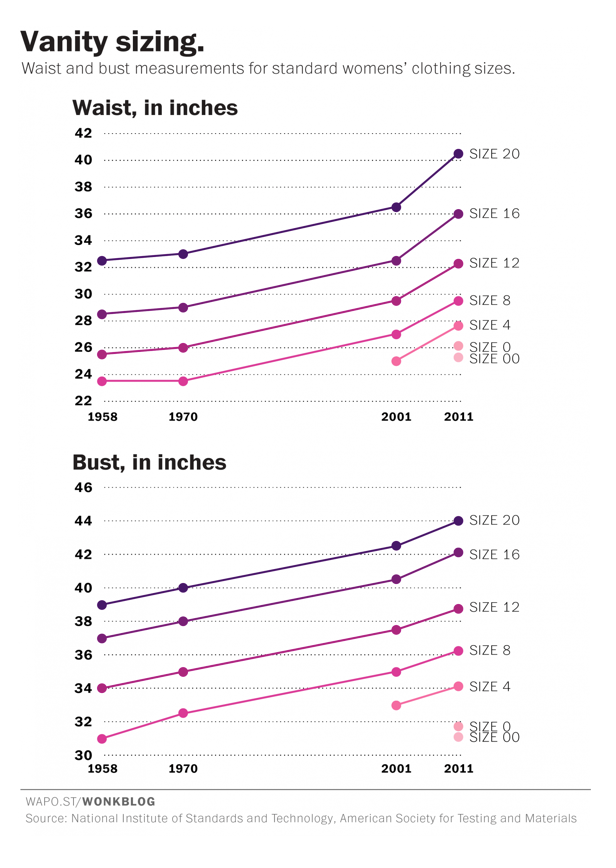
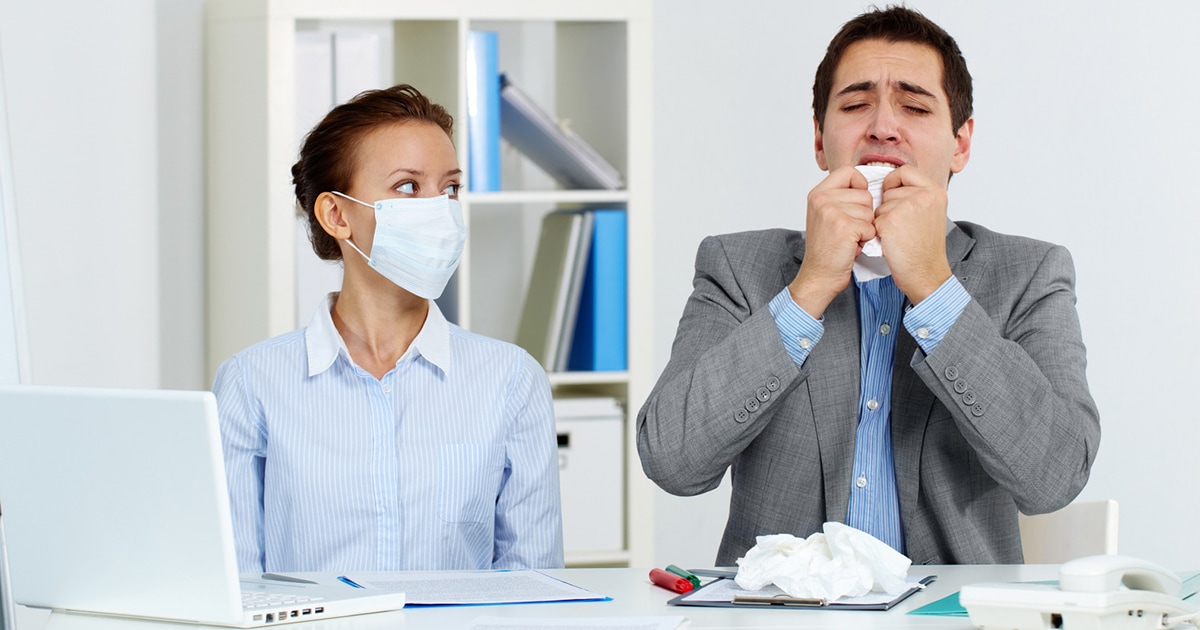

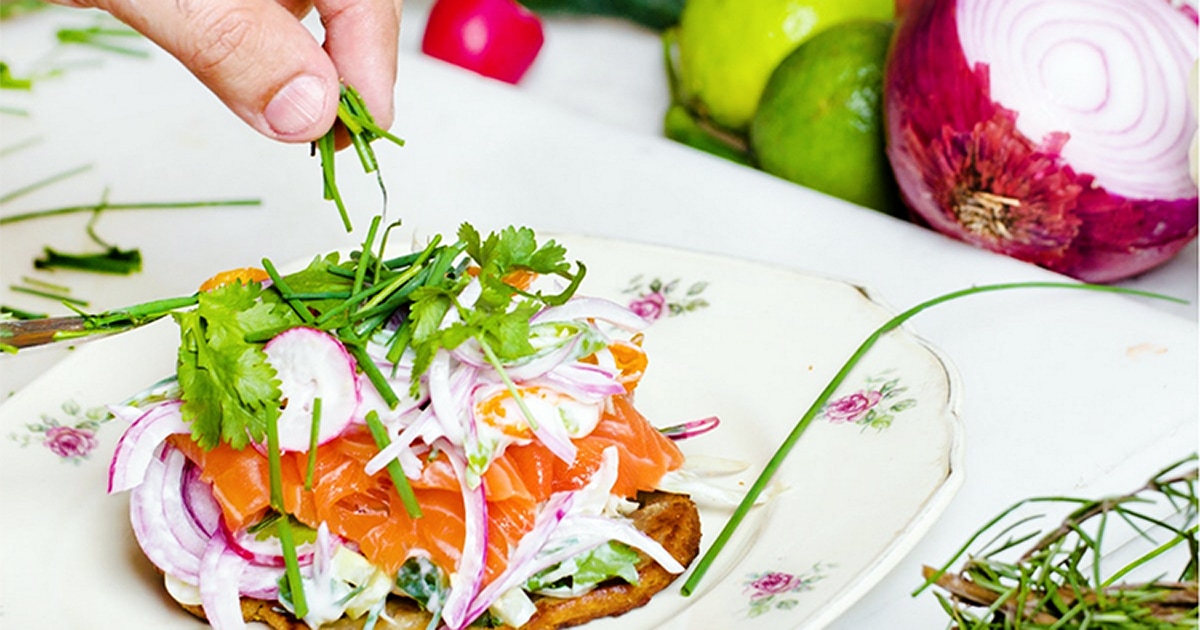
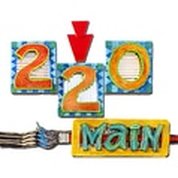
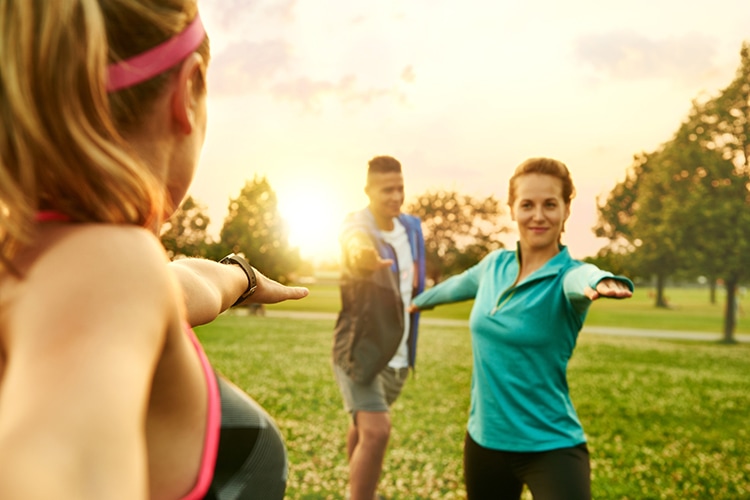

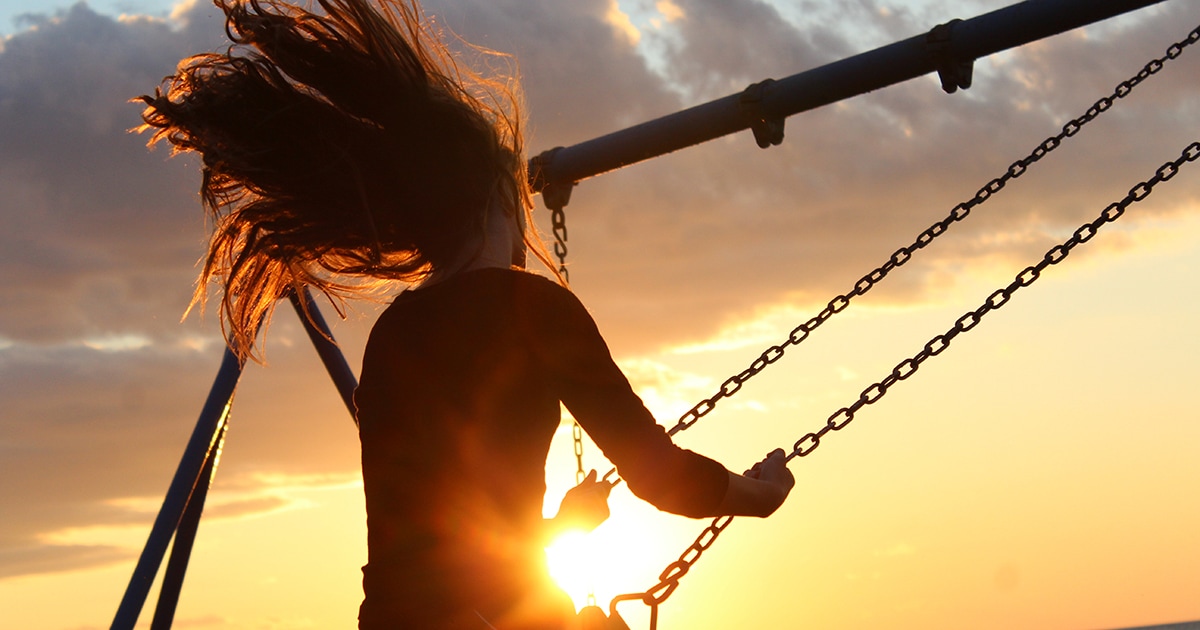

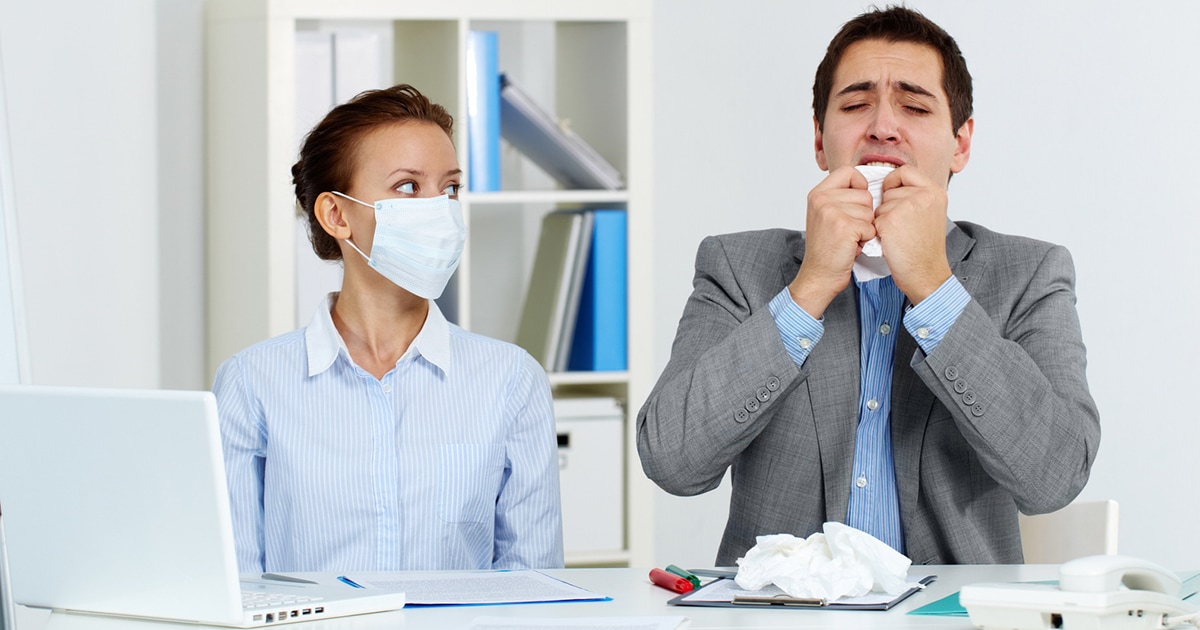
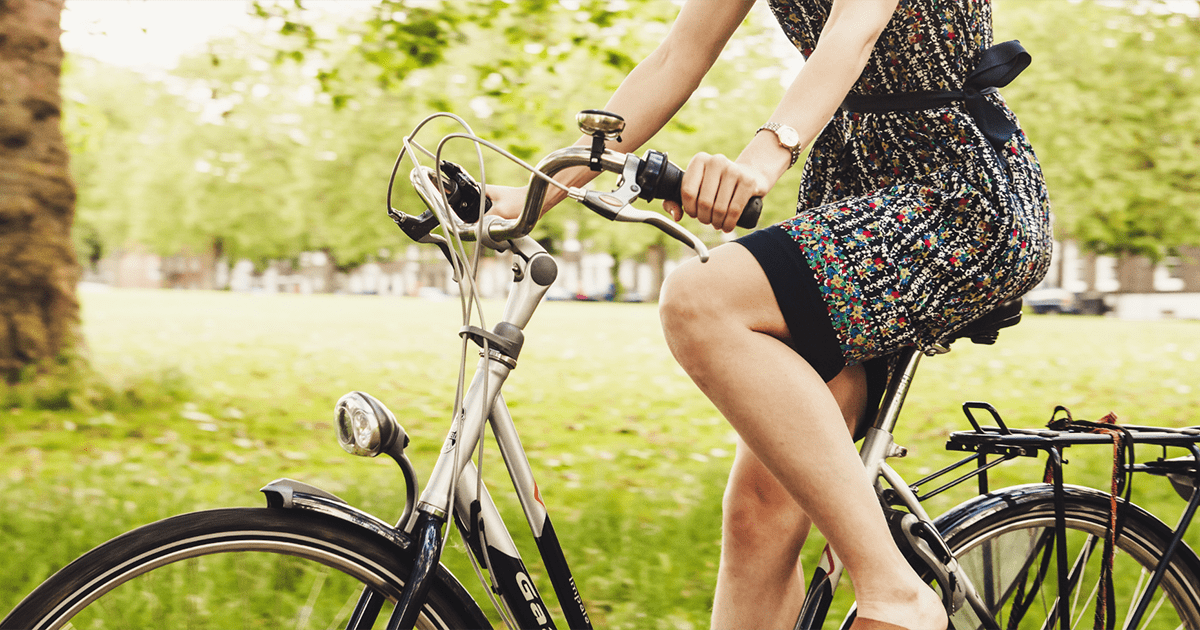
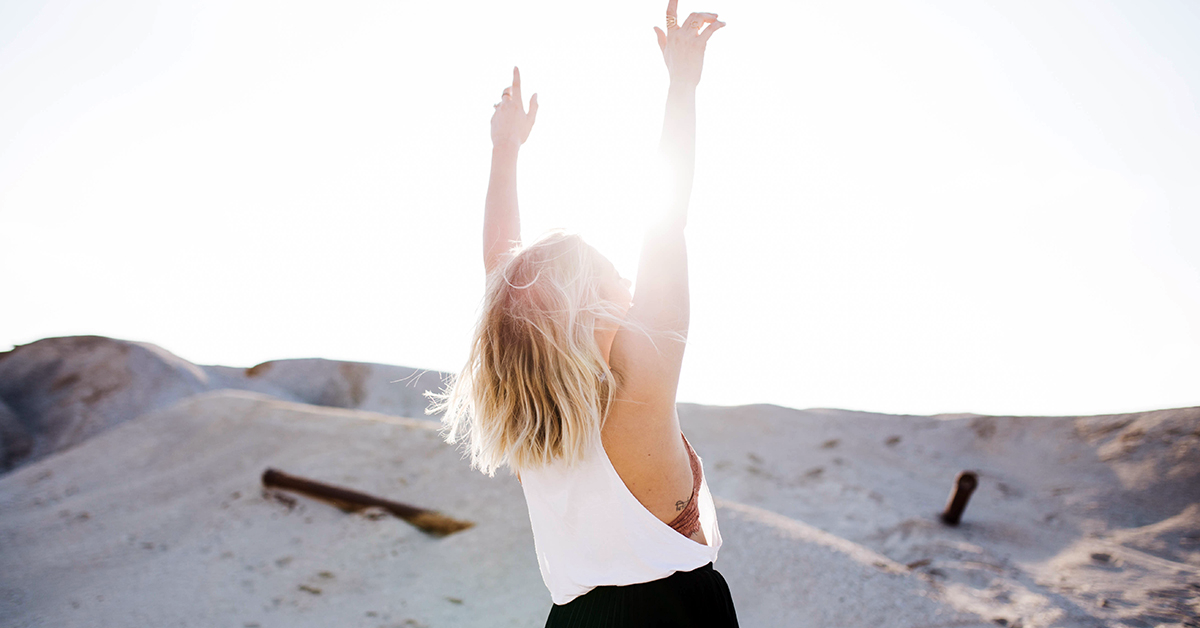
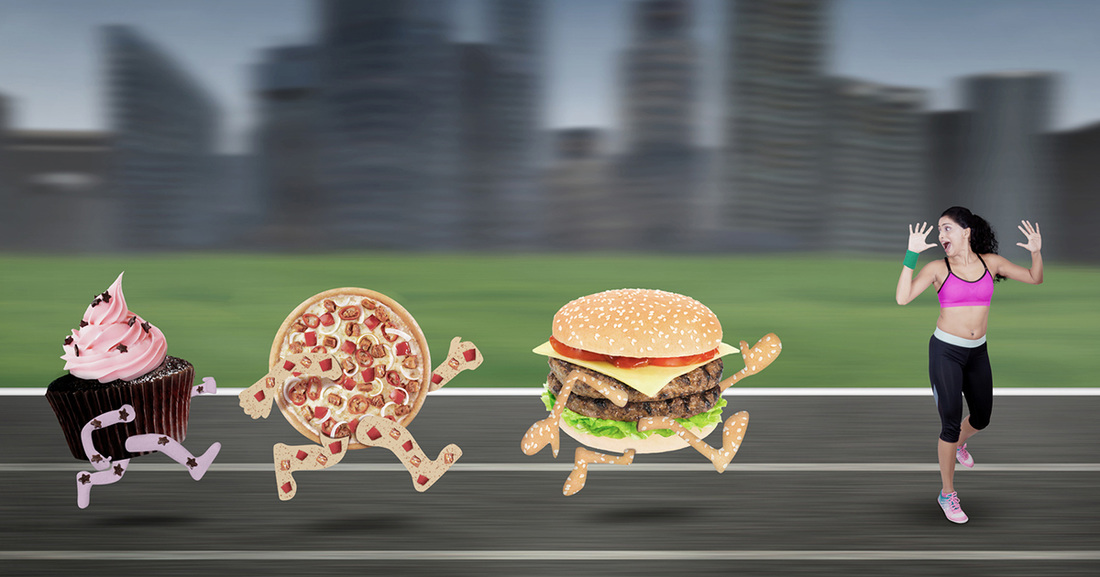

























 RSS Feed
RSS Feed























